Looking for the ultimate camping guide? Learn everything you need to know about planning your next camping trip, from choosing the right location to packing your gear. This comprehensive guide will help you have a safe and enjoyable camping experience.
Camping is a great way to get back to nature and enjoy the outdoors. With a little planning, you can have a safe and enjoyable camping experience. This comprehensive guide will cover everything you need to know, from choosing the right location to packing your gear.
Here are some of the topics covered in this guide:
- How to choose the right location for your camping trip
- What gear you need for camping
- How to pack your camping gear
- Safety tips for camping
- Tips for enjoying your camping trip
Whether you’re a beginner or a seasoned camper, this guide has something for everyone. So what are you waiting for? Start planning your next camping trip today!
1. What is Camping? A Step-by-Step Camping Guide
Camping is an outdoor recreational activity where individuals or groups set up temporary shelters, typically tents, to spend time in nature, away from urban environments.
1.1. Nature Immersion
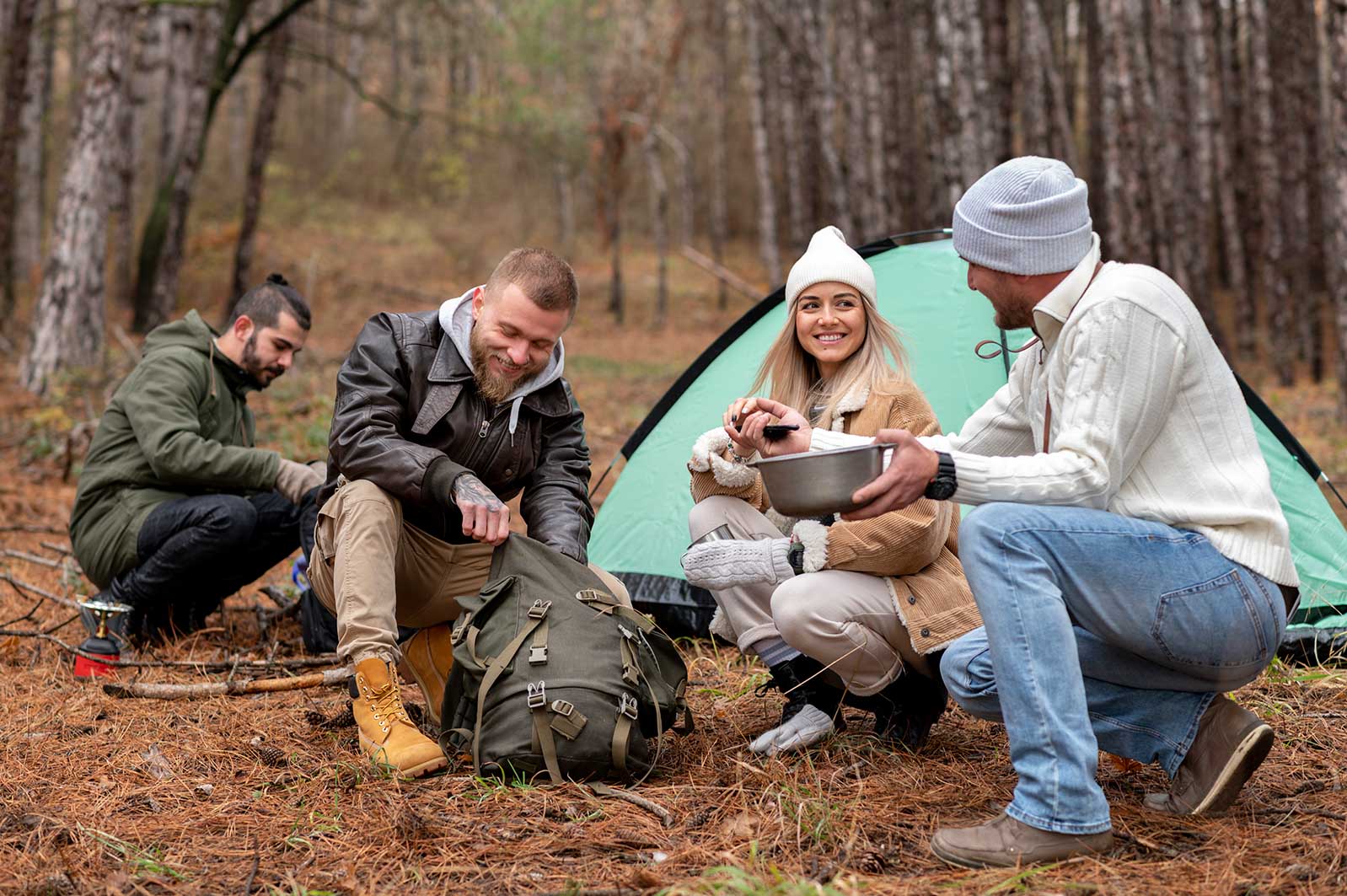
At its core, camping is a means of connecting with nature. It provides an opportunity to appreciate and explore the beauty of the natural world, including forests, lakes, mountains, and various ecosystems. Campers seek a break from the technological and urban environment to embrace the tranquility of the outdoors.
1.2. Temporary Shelter
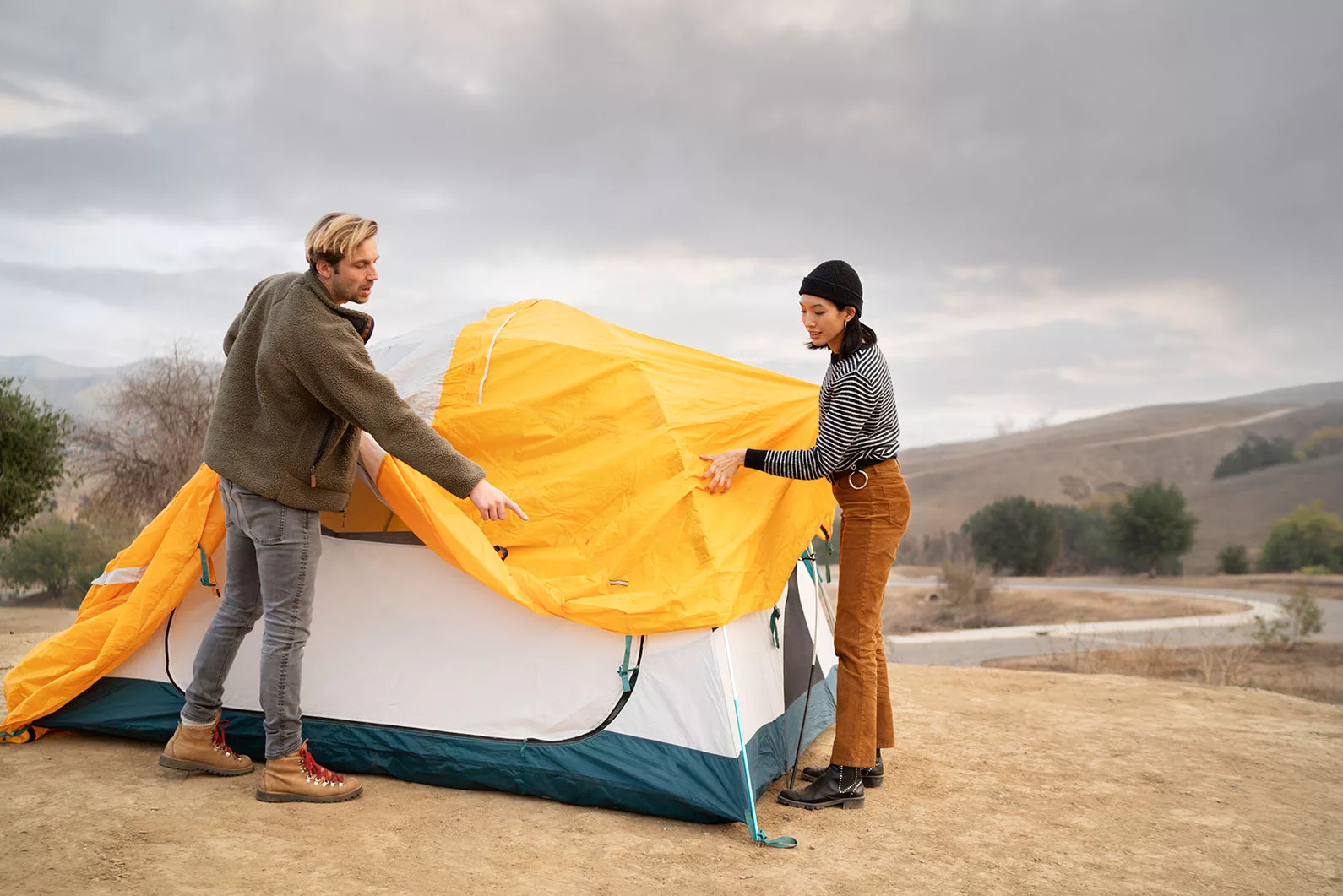
Campers typically use portable shelters, such as tents, as a temporary home during their outdoor adventure. The act of setting up a tent and creating a living space in the midst of nature is an integral part of the camping experience.
1.3. Self-Sufficiency
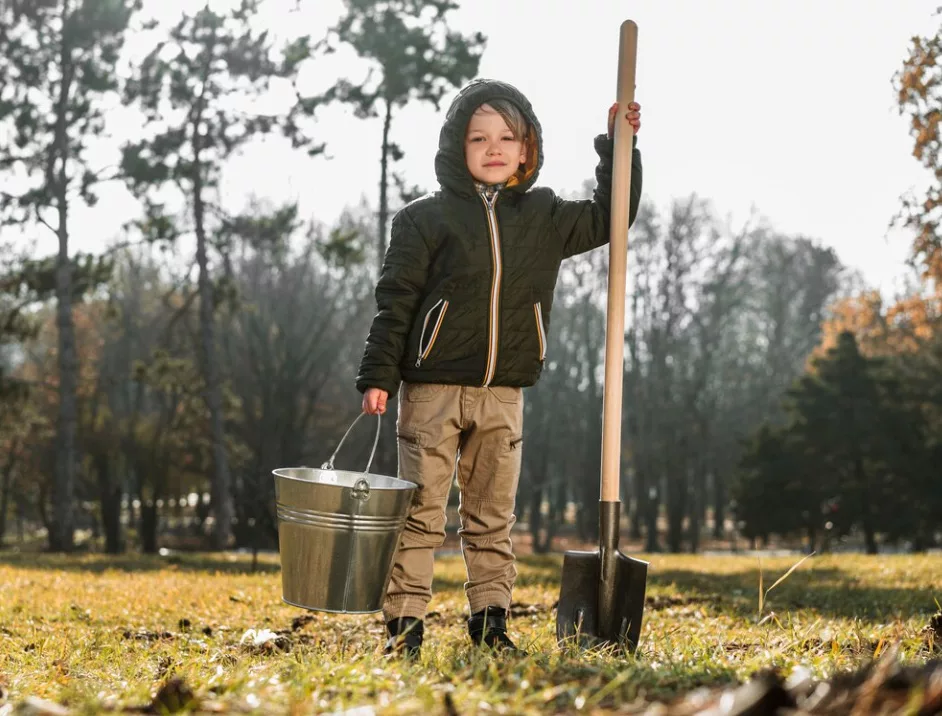
Camping encourages self-sufficiency and resourcefulness. Campers often need to rely on their skills to set up camp, cook meals, and address challenges that may arise. This fosters a sense of independence and connection with the environment.
1.4. Outdoor Activities while Camping
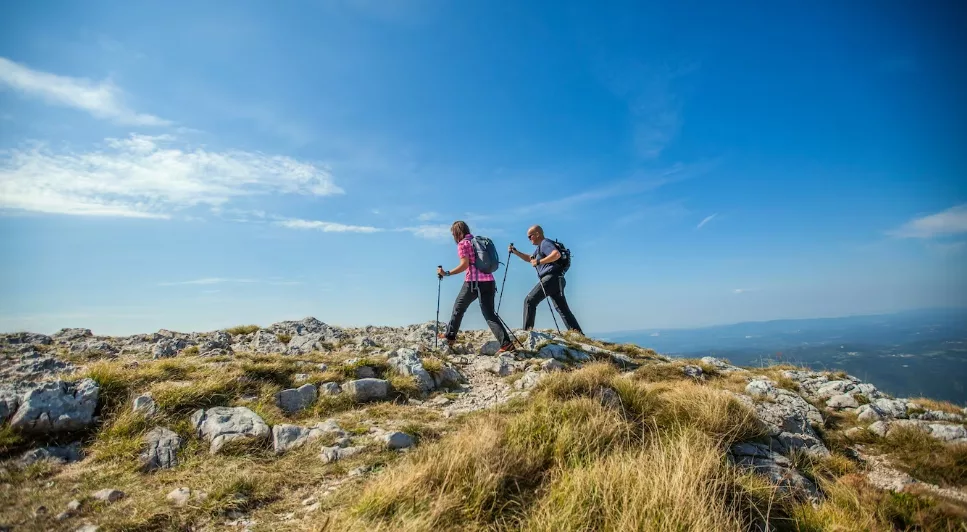
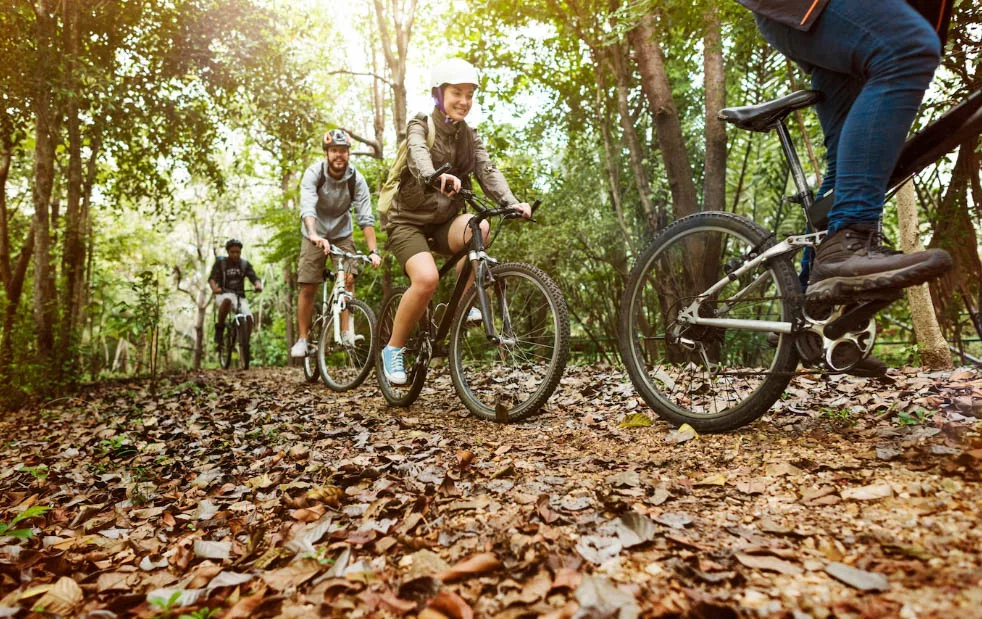
Camping provides a platform for engaging in a variety of outdoor activities. Hiking, fishing, bird watching, stargazing, and campfire cooking are just a few examples. The choice of activities depends on the location, season, and individual preferences.
1.5. Disconnecting from Modern Life

One of the appeals of camping is the opportunity to disconnect from the fast-paced, technology-driven world. Campers intentionally leave behind the conveniences of modern life to embrace a simpler, more elemental way of living.
1.6. Community and Social Aspect while Camping

Camping can be a solitary activity or a communal experience. Friends and family often come together to share the camping adventure, strengthening bonds through shared experiences around the campfire or on hiking trails.
1.7. Environmental Awareness

Campers are typically advocates for environmental conservation. Adhering to “Leave No Trace” principles, they strive to minimize their impact on the natural surroundings, respecting the ecosystems they encounter.
1.8. Varied Styles of Camping
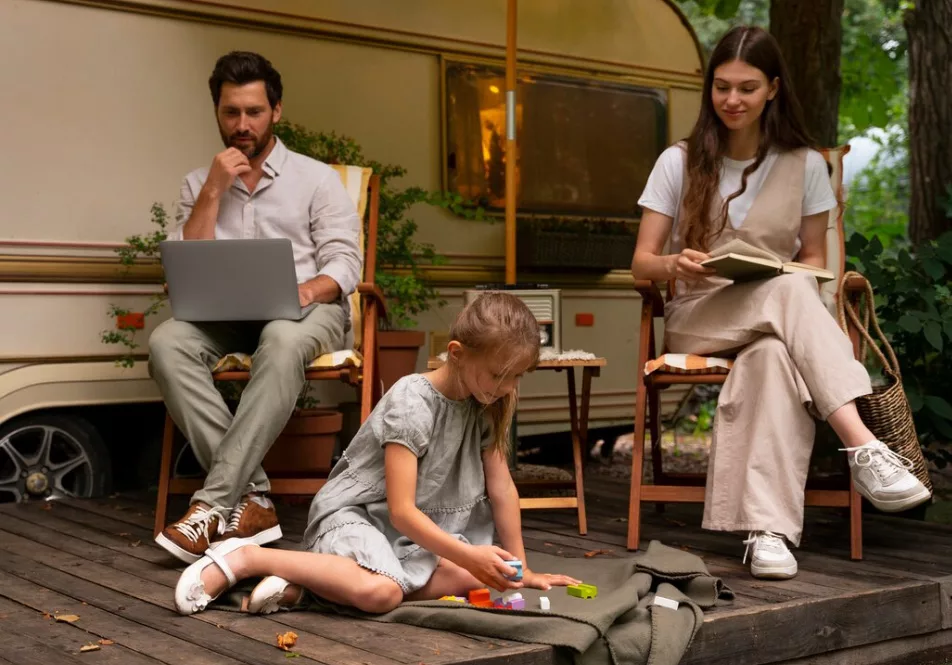
Camping takes various forms, from backcountry camping and backpacking to car camping in designated campgrounds. Each style offers a unique experience, catering to different levels of outdoor expertise and preferences.
“In essence, camping is not just a recreational activity; it’s a lifestyle that fosters a deep appreciation for the beauty of the natural world and a sense of harmony with the environment.”
2. Why Go Camping?
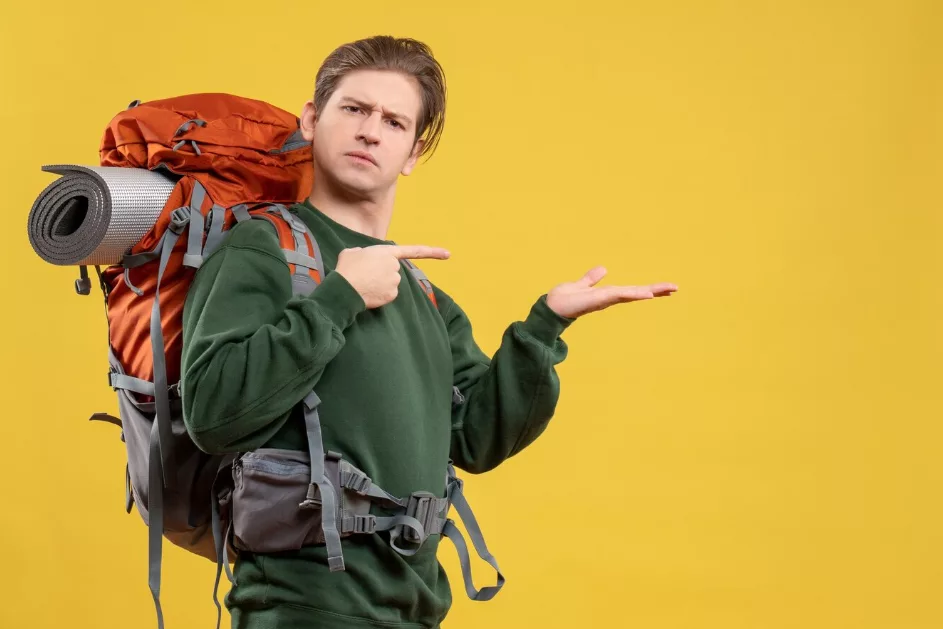
Camping offers a chance to disconnect from the hustle and bustle of daily life, connect with nature, and enjoy outdoor activities like hiking, fishing, and stargazing.
2.1. Nature Immersion and Relaxation

Escape from Urban Life: Camping provides a retreat from the hustle and bustle of urban living, allowing individuals to immerse themselves in the tranquility of nature. The serene environment and fresh air contribute to stress reduction and mental relaxation.
2.2. Disconnecting to Reconnect
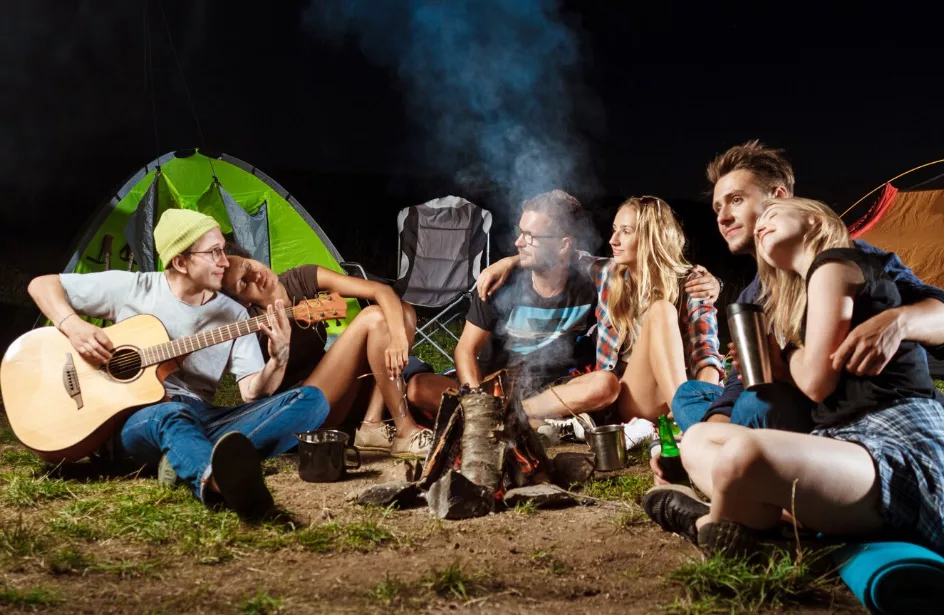
Digital Detox: Camping offers a break from constant connectivity. By leaving behind electronic devices and social media, campers have the opportunity to reconnect with themselves and their companions.
2.3. Adventure and Exploration
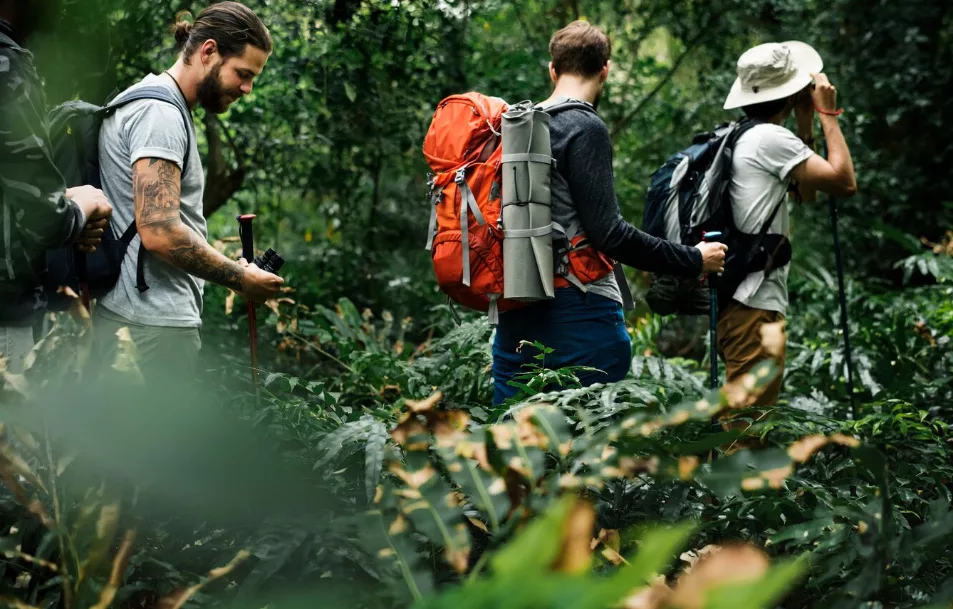
Explore the Unknown: Camping allows for exploration of uncharted territories. Whether it’s hiking through dense forests, climbing mountains, or discovering hidden lakes, campers seek the thrill of adventure and the joy of discovery.
2.4. Building Bonds and Socializing while Camping
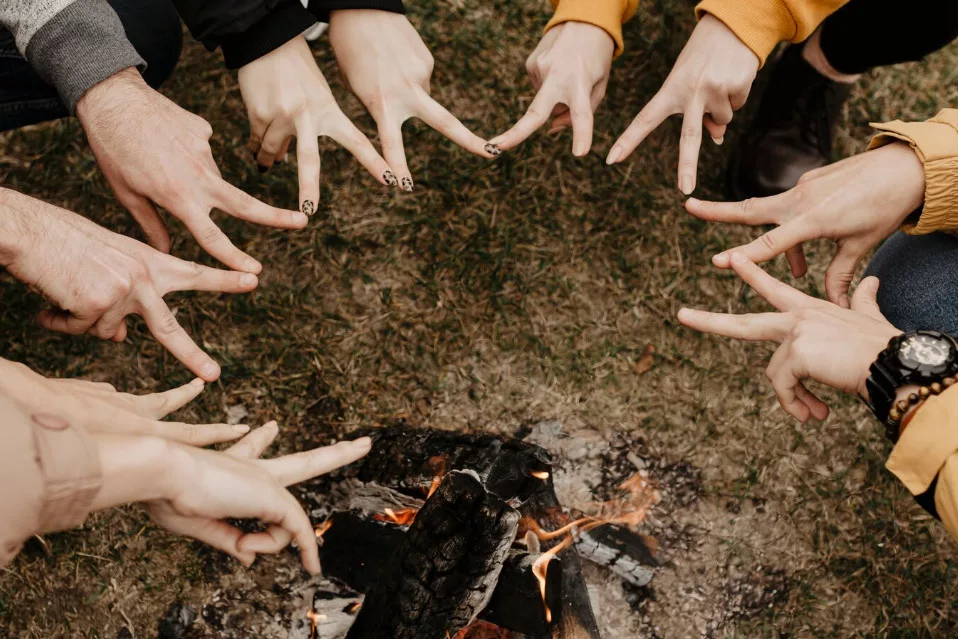
Shared Experiences: Camping often involves communal activities around the campfire, shared meals, and collaborative efforts in setting up camp. These shared experiences strengthen bonds among friends and family.
2.5. Self-Discovery and Reflection

Introspection: The simplicity of camping encourages self-reflection. Removed from the distractions of modern life, campers have the space and time to contemplate, fostering personal growth and self-discovery.
2.6. Outdoor Activities and Recreation
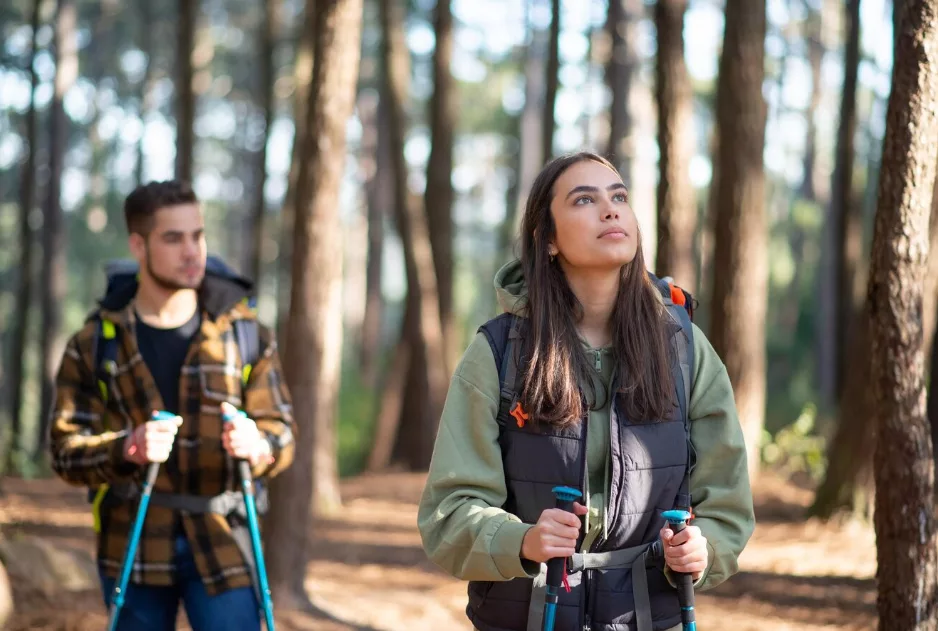
Diverse Pursuits: Camping serves as a gateway to a plethora of outdoor activities, including hiking, fishing, bird watching, kayaking, and more. The varied recreational opportunities cater to different interests and skill levels.
2.7. Health Benefits
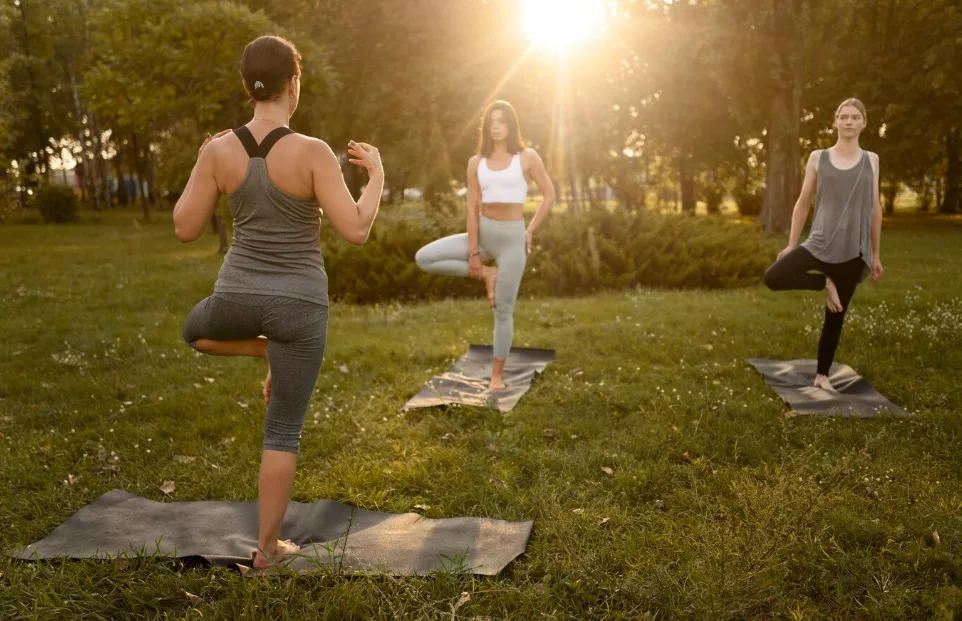
Physical Well-being: Outdoor activities inherent to camping contribute to physical fitness. Hiking and other forms of exercise promote cardiovascular health, while exposure to natural light and fresh air positively impacts overall well-being.
2.8. Environmental Awareness and Conservation
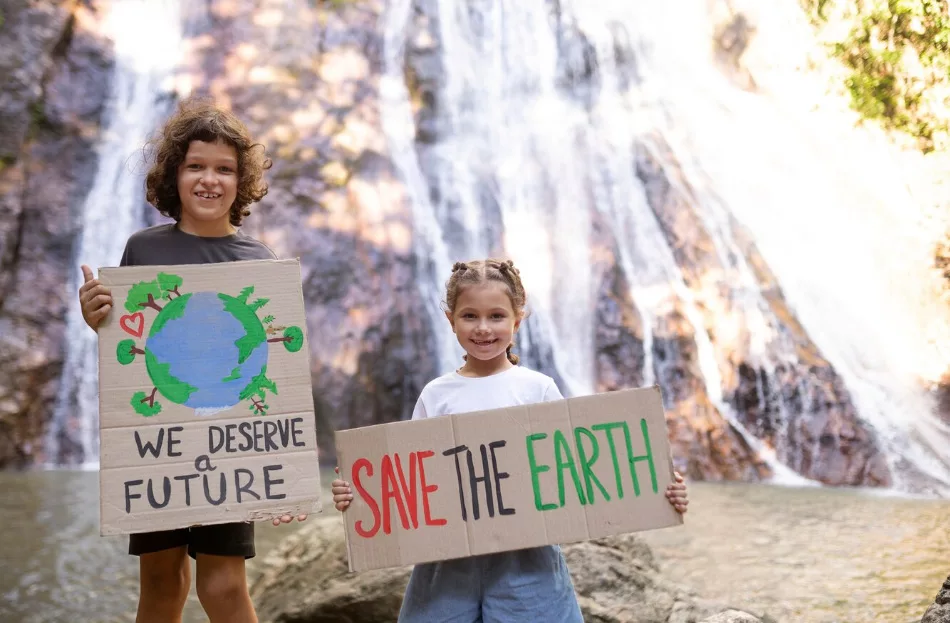
Stewardship: Campers often develop a strong sense of environmental responsibility. Following “Leave No Trace” principles, they learn to minimize their impact on ecosystems, fostering a deeper appreciation for nature conservation.
2.9. Simplicity and Minimalism

Unplugging: Camping simplifies life by reducing dependence on modern conveniences. Embracing a minimalist lifestyle during camping encourages resourcefulness and an appreciation for the basics.
2.1.1. Creation of Lasting Memories
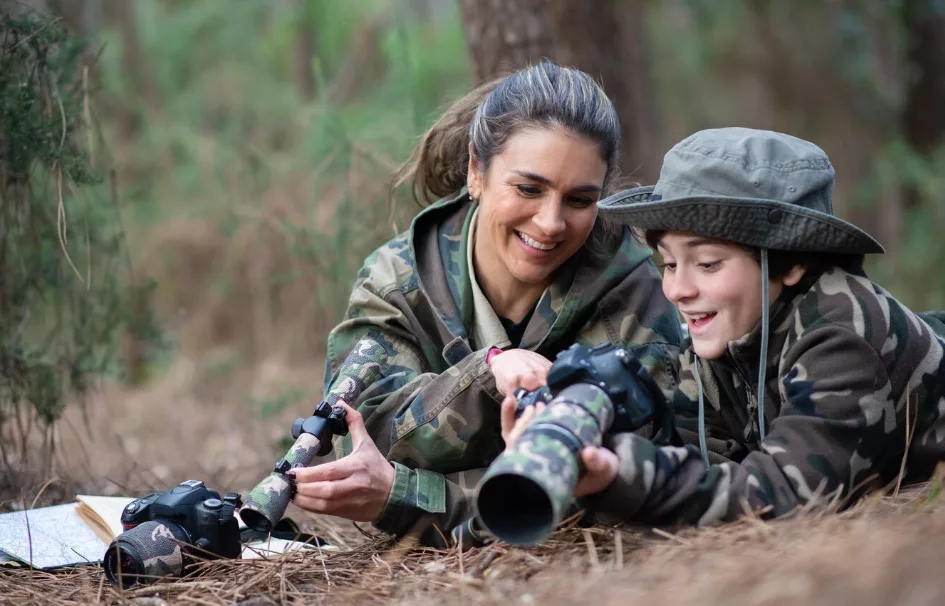
Unforgettable Experiences: The unique challenges and joys of camping create enduring memories. Whether it’s a shared laughter around the campfire or the achievement of conquering a challenging trail, these experiences become cherished stories.
“In essence, people go camping to reconnect with nature, rejuvenate their minds and bodies, foster relationships, and embark on adventures that leave a lasting impact on their lives.”
3. How Do I Choose a Campsite for Best Camping?
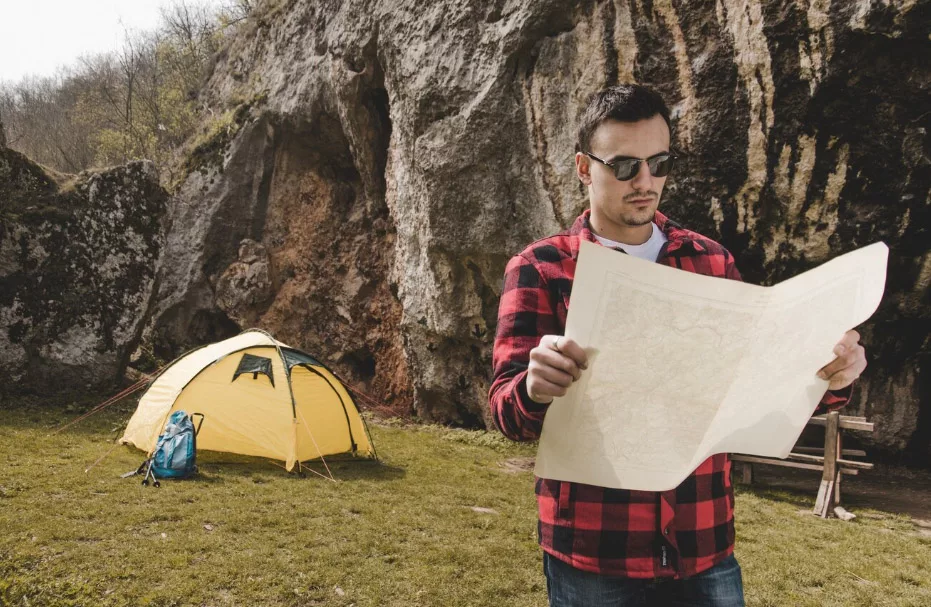
Look for a level, well-drained site away from hazards like dead trees. Consider proximity to water sources, but follow Leave No Trace principles and camp at least 200 feet away.
3.1. Research and Planning
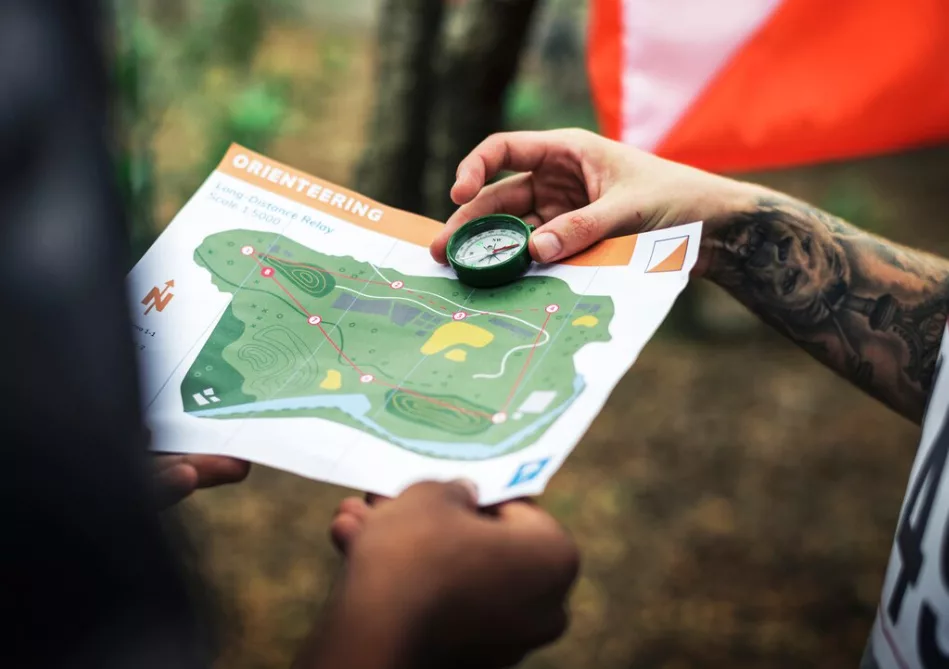
Know the Area: Research the camping area beforehand. Familiarize yourself with the terrain, facilities, and any regulations or restrictions. Look for online reviews or recommendations.
3.2. Proximity to Water
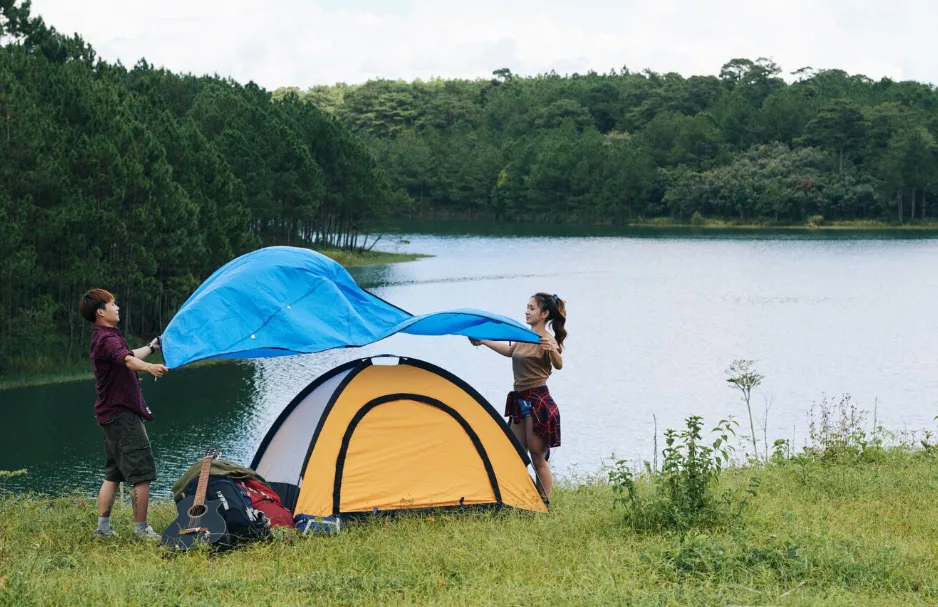
Access to Water Sources: Choose a campsite close to a water source, but be mindful of environmental regulations. Proximity to water is convenient for cooking, cleaning, and adds to the overall camping experience.
3.3. Level Ground
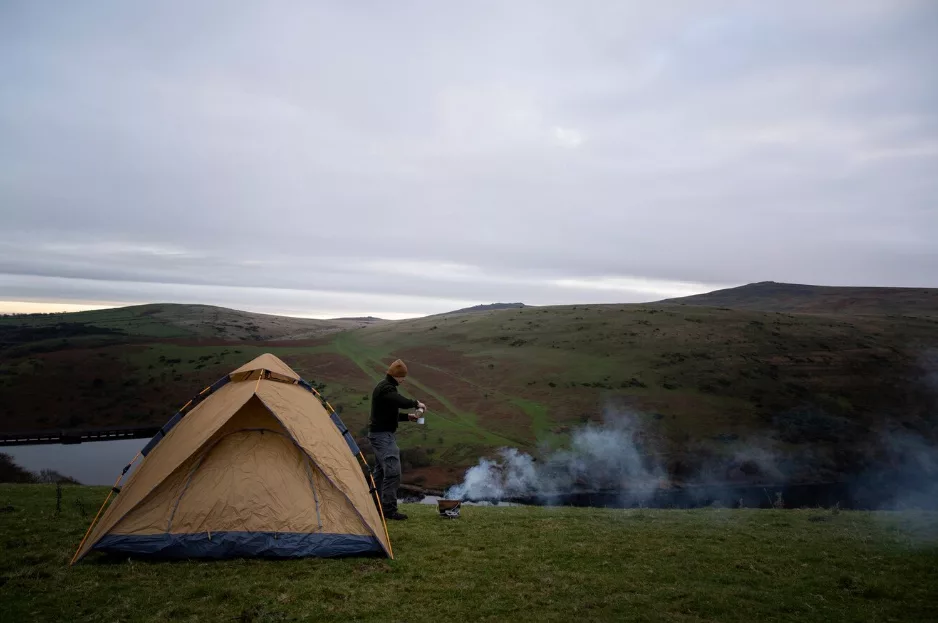
Flat Terrain: Look for a level, flat area to set up your tent. This provides comfort for sleeping and ensures that rainwater won’t pool around your tent in case of precipitation.
3.4. Distance from Trails and Water Bodies
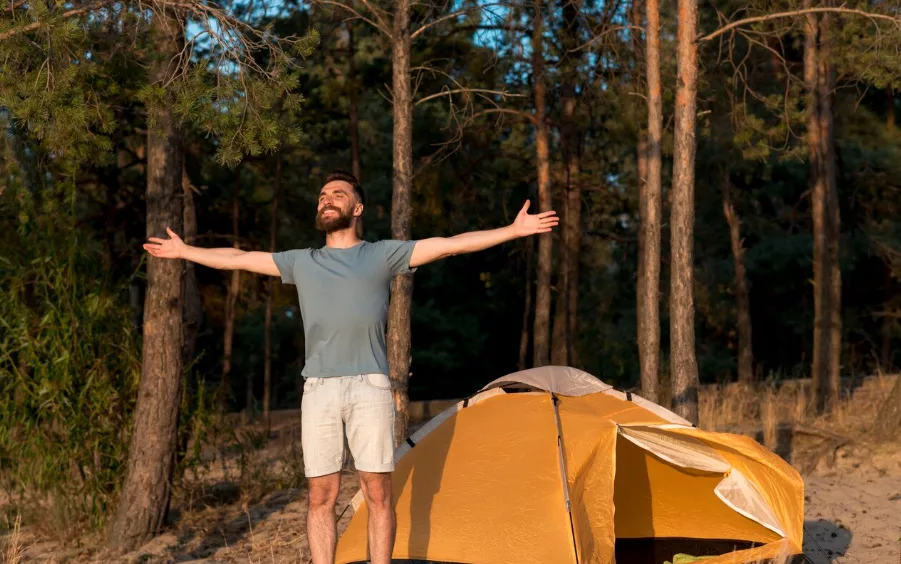
Respect Buffer Zones: Camp at least 200 feet away from trails and water bodies to minimize environmental impact. Respect designated camping areas and follow Leave No Trace principles.
3.5. Shade and Sun Exposure
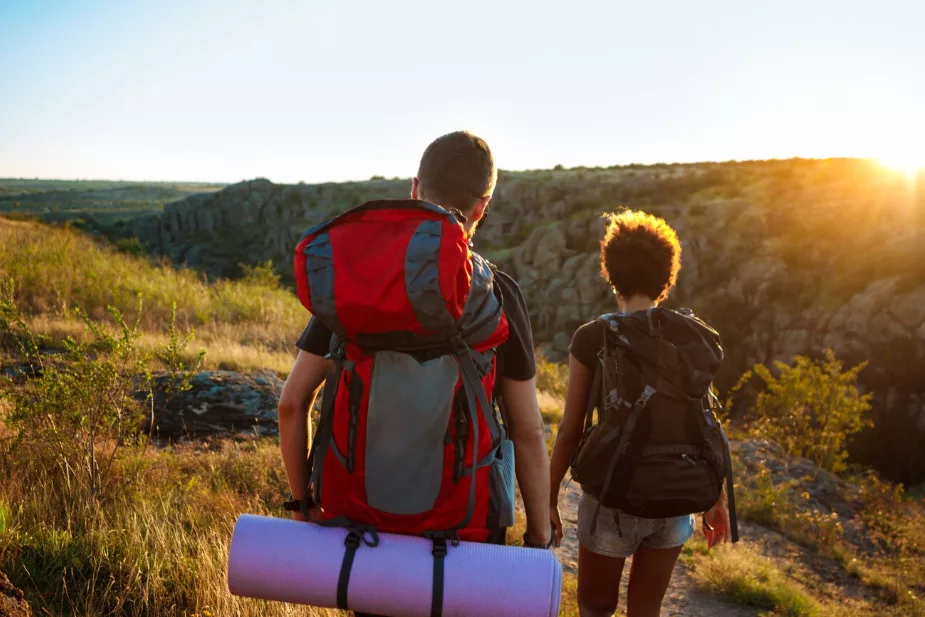
Consider Sun and Shade: Think about the sun’s trajectory throughout the day. Setting up your tent in a shaded area can be more comfortable, especially in hot weather. However, consider morning sunlight for a pleasant wake-up experience.
3.6. Proximity to Facilities
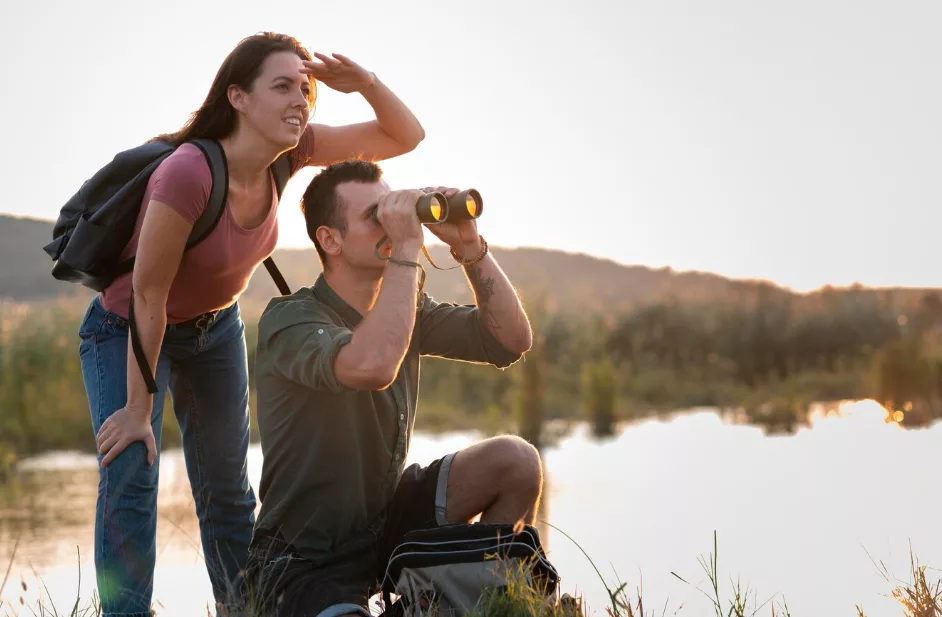
Nearby Amenities: If you prefer convenience, camp near facilities such as restrooms, water sources, and garbage disposal areas. However, be aware that high-traffic areas can be noisier.
3.7. Weather Considerations
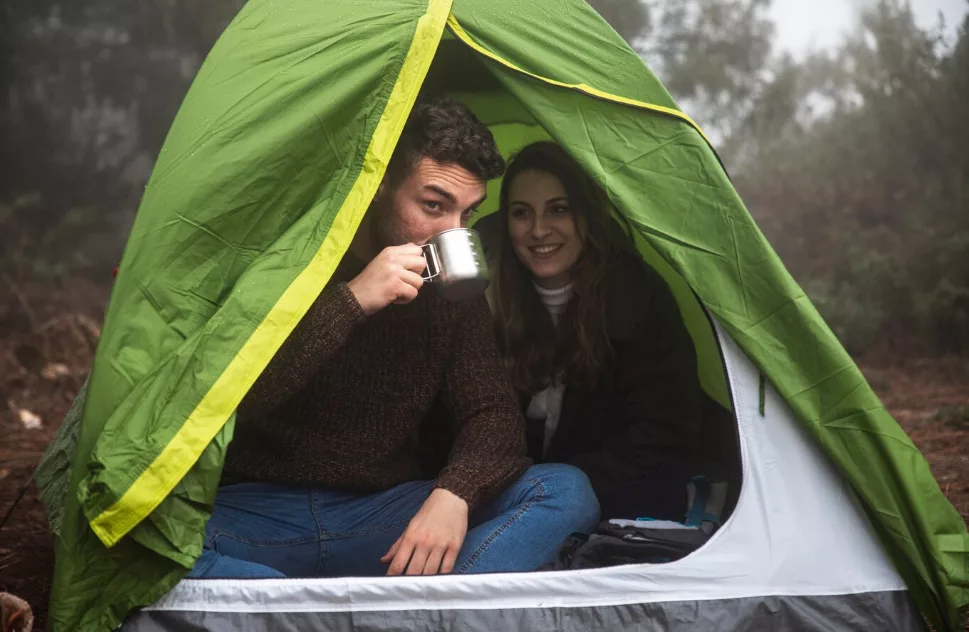
Wind and Rain Shelter: Check the weather forecast and choose a campsite that provides shelter from strong winds. Avoid areas prone to flooding or where water might accumulate during rain.
3.8. Wildlife Awareness
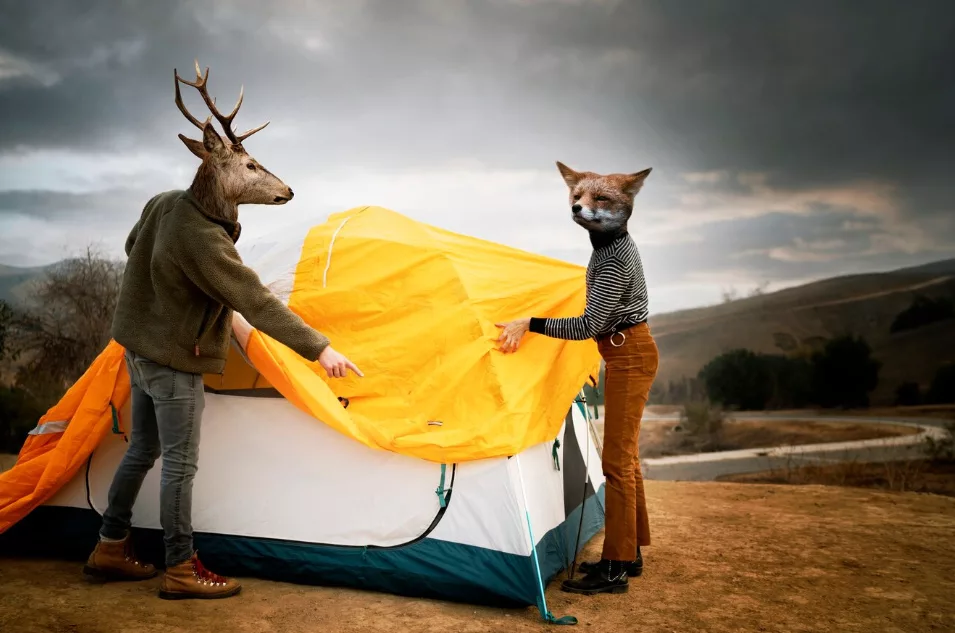
Wildlife Concerns: Be aware of local wildlife habits. Avoid camping near animal trails or areas with recent signs of wildlife activity. Store food securely to prevent attracting animals to your campsite.
3.9. Emergency Preparedness
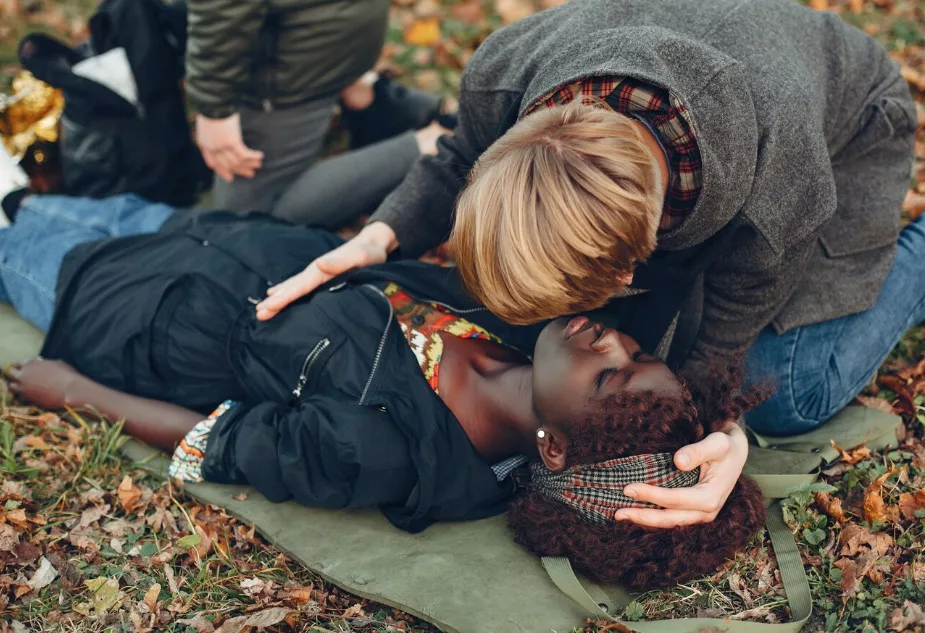
Safety First: Choose a site with clear access for emergency situations. Be aware of the nearest emergency services and have a communication plan in place.
“By carefully considering these factors, you’ll be better equipped to choose a campsite that aligns with your preferences and ensures a safe, enjoyable outdoor experience.”
4. What Equipment Do I Need for Camping?
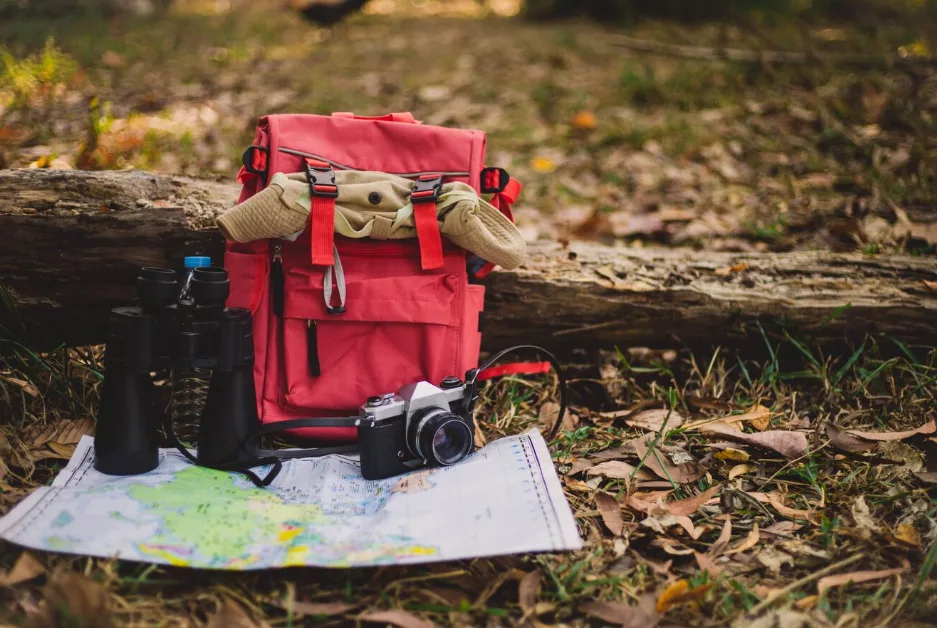
Basic gear includes a tent, sleeping bag, sleeping pad, camping stove, cookware, headlamp, and appropriate clothing. Customize based on the type of camping (car camping, backpacking, etc.).
4.1. Shelter
Tent: Choose a tent suitable for the number of occupants. Consider the season and weather conditions. Ensure it’s easy to set up and provides adequate ventilation.
4.2. Sleep System
Sleeping Bag: Select a sleeping bag with an appropriate temperature rating for the expected weather. Choose between synthetic or down insulation based on your preferences.
Sleeping Pad: Insulate yourself from the cold ground and enhance sleeping comfort with a sleeping pad.
4.3. Cooking and Eating
Camping Stove: Opt for a portable stove for cooking meals. Choose between propane, white gas, or isobutane stoves.
Cookware Set: Include a pot, pan, and utensils suitable for camping meals.
Eating Utensils and Tableware: Pack lightweight, durable utensils, plates, bowls, and cups.
Cooler: For car camping, a cooler helps keep perishable food fresh.
4.4. Lighting
Headlamp/Flashlight: Essential for navigating in the dark. Choose a headlamp for hands-free convenience.
4.5. Clothing
Weather-Appropriate Clothing: Pack layers for varying weather conditions. Include a waterproof jacket, insulated layers, and moisture-wicking fabrics.
Hiking Boots/Shoes: Provide comfort and support for walking on uneven terrain.
4.6. Navigation
Map and Compass: Even with GPS, having a map and compass is crucial for navigation, especially in remote areas.
GPS Device: Optionally, bring a GPS device for added navigation assistance.
4.7. Backpack
Backpack: Choose a backpack with sufficient capacity for your gear. For backpacking, consider a lightweight, durable option.
4.8. First Aid Kit
Basic First Aid Kit: Include bandages, antiseptic wipes, pain relievers, blister treatment, and any necessary personal medications.
4.9. Hydration
Water Bottles or Hydration System: Carry enough water for your trip, or use a water purification system if relying on natural sources.
4.1.1. Tools and Accessories
Multi-tool or Knife: A versatile tool for various tasks.
Repair Kit: Include essentials like duct tape, repair patches, and extra cordage.
Camping Chair: Optional but adds comfort around the campsite.
4.1.2. Personal Items
Toiletries: Travel-sized toiletries, toothbrush, toothpaste, and biodegradable soap.
Towel: Quick-drying and compact towels are ideal for camping.
4.1.3. Safety Essentials
Whistle: For signaling in emergencies.
Fire Starter: Waterproof matches, lighters, or fire starters for campfires.
Emergency Shelter: A lightweight emergency shelter or space blanket.
4.1.4. Entertainment and Miscellaneous
Book, Journal, or Games: Enjoy downtime with entertainment options.
Trash Bags: Pack out all waste and leave no trace.
4.1.5. Optional Gear
Camera: Capture memories of your camping trip.
Binoculars: For wildlife observation.
Portable Solar Charger: Keep electronic devices charged.
“Remember to tailor your equipment list based on the type of camping (car camping, backpacking, etc.) and the specific conditions of your trip. Always check and test your gear before heading out to ensure everything is in working order.”
5. How Do I Set Up a Tent?
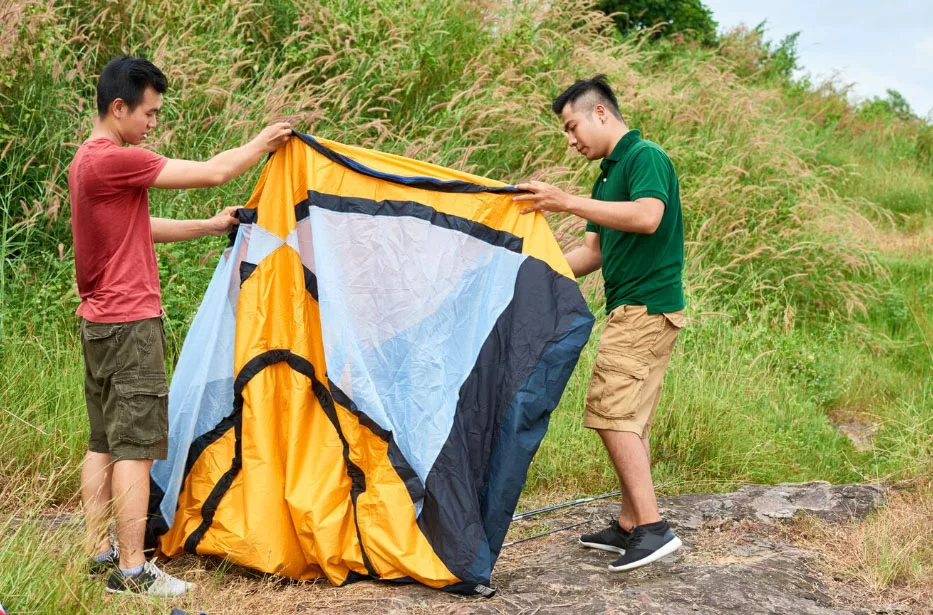
Lay out the tent footprint, assemble poles, and attach them to the tent. Stake down the corners and use guylines for stability. Make sure the rainfly is properly secured for weather protection.
Step 1: Select a Suitable Campsite
- Choose a Level Spot: Look for a flat, level area to set up your tent. This provides comfort for sleeping and helps water drainage in case of rain.
- Clear the Area: Remove any rocks, sticks, or debris that could puncture the tent floor.
Step 2: Unpack and Organize
- Open the Tent Bag: Lay out the tent components, including the tent body, rainfly, poles, stakes, and guylines.
- Check for Damage: Inspect the components for any damage or missing parts.
Step 3: Lay Out the Tent Body
- Position the Tent: Place the tent body on the ground where you want to set up. Align the door of the tent in the desired direction.
- Extend the Floor: If the tent has a footprint or ground cloth, place it under the tent to protect the floor.
Step 4: Assemble Tent Poles
- Sort Poles: Separate and identify the tent poles. They are usually color-coded or marked for easy assembly.
- Connect Sections: Assemble the pole sections, ensuring they fit securely.
Step 5: Insert Poles into Tent Grommets
- Locate Grommets: Attach the pole ends to the corresponding grommets on the tent body. These are typically located at the corners and midpoints of the tent.
Step 6: Raise the Tent
- Lift the Tent: Slowly raise the tent by lifting the connected poles. If it’s a freestanding tent, it should stand on its own at this point.
- Secure Poles: If necessary, use stakes to secure the tent poles to the ground.
Step 7: Attach Rainfly
- Position the Rainfly: If your tent has a rainfly, position it over the tent body. Align the openings of the rainfly with the tent doors and windows.
- Secure Rainfly: Attach the rainfly to the tent using clips, straps, or Velcro. Some tents may have buckles or zippers for this purpose.
Step 8: Stake Down the Tent
- Secure Corners: Stake down the corners of the tent and pull the guylines taut to provide stability.
- Adjust Tension: Adjust the tension on the rainfly and guylines to ensure proper airflow and weather resistance.
Step 9: Ventilation and Interior Setup
- Ventilation: Ensure all windows and vents are open for proper ventilation.
- Organize Interior: Set up sleeping bags, sleeping pads, and any other camping gear inside the tent.
Step 10: Test Stability
- Check Stability: Once the tent is set up, give it a gentle shake and ensure that it is secure and stable.
- Make Adjustments: Make any necessary adjustments to the stakes, guylines, or tension to optimize stability.
Congratulations! Your tent is now set up and ready for a comfortable camping experience. Familiarize yourself with the specific features of your tent, such as zippers, storage pockets, and additional setup details for optimal use.
6. What Should I Pack for Food and Cooking?
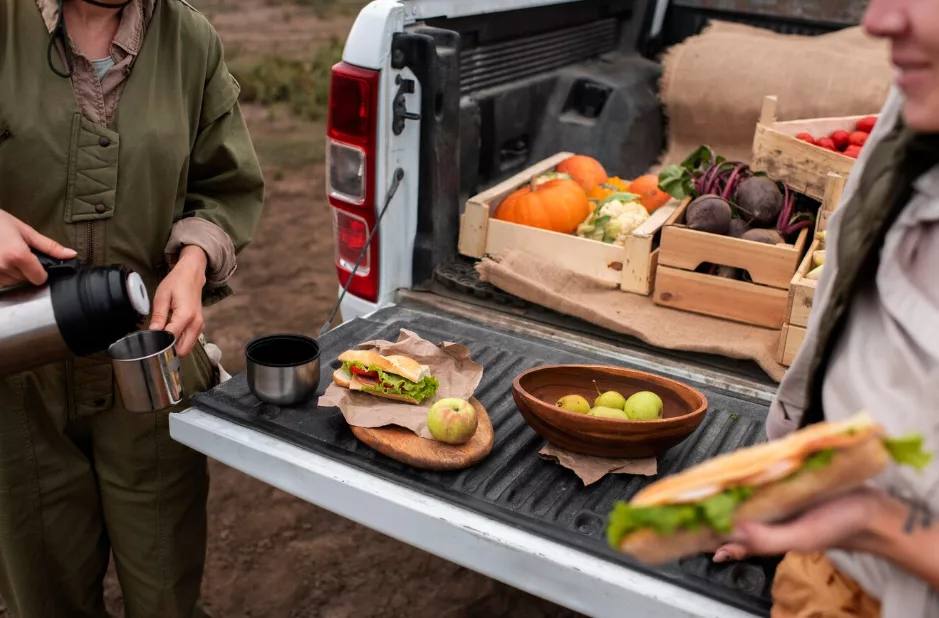
Pack non-perishable, easy-to-prepare meals. Bring a camping stove, cookware, utensils, and consider using a cooler for perishables. Practice Leave No Trace by packing out all waste.
6.1. Camping Stove and Fuel
- A portable camping stove suitable for your needs (propane, isobutane, white gas).
- Sufficient fuel canisters or white gas depending on the length of your trip.
6.2. Cookware
- Lightweight and durable pots and pans for cooking.
- Cooking utensils, including a spatula, ladle, and cooking spoons.
- Collapsible or stackable cookware for easy packing.
6.3. Eating Utensils and Tableware
- Plates, bowls, and cups made of durable, lightweight materials.
- Reusable or disposable cutlery (forks, knives, spoons).
- Travel-friendly mugs for hot beverages.
6.4. Cooler and Ice Packs
- Insulated cooler to keep perishable food fresh.
- Ice packs or reusable gel packs to maintain a cool temperature.
6.5. Food Storage Containers
- Sealable, airtight containers for storing leftovers or pre-prepared meals.
- Ziplock bags for organizing and storing various food items.
6.6. Biodegradable Soap and Cleaning Supplies
- Environmentally friendly soap for cleaning cookware and utensils.
- Dishcloth or sponge for washing dishes.
- Small scrub brush for stubborn stains.
6.7. Food and Ingredients
- Non-perishable, easy-to-cook meals like pasta, rice, and canned goods.
- Instant noodles, soups, and dehydrated meals for quick preparation.
- Snacks such as nuts, granola bars, and dried fruits.
- Fresh fruits and vegetables that are less perishable.
- Cooking oil, salt, pepper, and your favorite spices.
6.8. Coffee and Tea Supplies
- Portable coffee maker or coffee press.
- Instant coffee or coffee grounds stored in a sealed container.
- Tea bags and hot water kettle if you’re a tea enthusiast.
6.9. Food Preparation and Serving Tools
- Cutting board for chopping fruits, vegetables, and meats.
- Sharp knife or multitool for food preparation.
- Lightweight, collapsible bowls or containers for serving.
6.1.1. Reusable Water Bottles
- Durable, reusable water bottles for staying hydrated.
- Hydration system (water reservoir) for longer hikes or activities.
6.1.2. Trash Bags and Bin
- Trash bags for collecting and properly disposing of waste.
- Small trash bin or container for the campsite.
6.1.3. Camping Grill or Grate
- Portable camping grill for open-flame cooking.
- Grilling grate or mesh for cooking directly over a fire pit.
6.1.4. Firestarter and Matches
- Firestarter or waterproof matches for starting a campfire for cooking.
- Portable campfire grill or tripod if open-flame cooking is preferred.
6.1.5. Paper Towels and Napkins
- Roll of paper towels for cleaning and drying.
- Biodegradable napkins for meals.
6.1.6. Aluminum Foil and Ziplock Bags
- Aluminum foil for cooking packets or wrapping food for the grill.
- Ziplock bags for marinating meats or organizing ingredients.
6.1.7. Personalized Spice Kit
- Small spice containers with your favorite herbs and spices for flavoring meals.
Remember to adapt your food and cooking essentials based on the type of camping trip, the availability of facilities, and your personal preferences. Always check for any specific regulations or restrictions regarding open fires and food storage in the camping area.
7. How Do I Stay Safe While Camping?
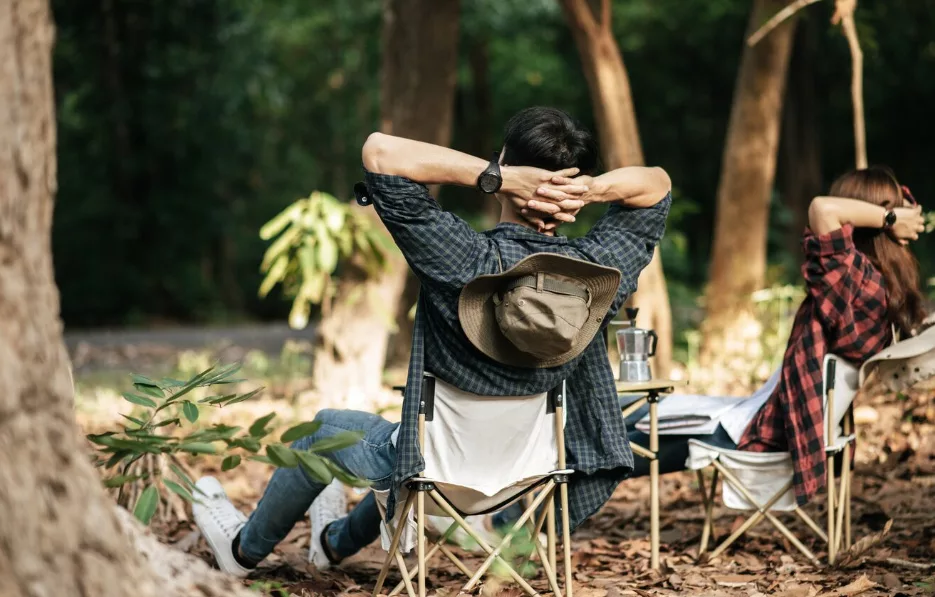
Inform someone of your camping plans, be aware of wildlife, follow fire safety guidelines, carry a first aid kit, and familiarize yourself with the area’s flora and fauna.
7.1. Research and Planning
Check Weather Conditions: Monitor the weather forecast for your camping destination. Be prepared for changes in weather and pack accordingly.
Know the Area: Research the specific camping area, including any potential hazards, wildlife, and local regulations.
7.2. Tell Someone Your Plans
Share Itinerary: Inform a friend, family member, or park ranger about your camping plans, including your itinerary and expected return date.
Emergency Contact Information: Provide emergency contact information and details about your group.
7.3. Campsite Safety
Choose a Safe Campsite: Avoid setting up camp under dead or overhanging branches. Check for potential hazards like ant hills or unstable rocks.
Leave No Trace: Follow Leave No Trace principles to minimize environmental impact and maintain the integrity of the campsite.
7.4. Wildlife Awareness
Secure Food: Store food in bear-resistant containers or hang it from a tree if camping in bear country. Follow proper food storage practices to avoid attracting wildlife.
Observe Wildlife Safely: Keep a safe distance from wildlife. Do not approach or feed animals, and store food securely to prevent attracting them to your campsite.
7.5. Campfire Safety
Check Fire Regulations: Understand and adhere to local fire regulations. Obtain any necessary permits for campfires.
Keep a Safe Distance: Maintain a safe distance from the fire, especially when children are present.
Fully Extinguish Fires: Completely extinguish fires before leaving the campsite. Pour water on the embers and stir until cool.
7.6. First Aid Preparedness
Pack a First Aid Kit: Include essential items such as bandages, antiseptic wipes, pain relievers, blister treatment, and any necessary personal medications.
Know Basic First Aid: Familiarize yourself with basic first aid procedures and be prepared to handle common injuries.
7.7. Hydration and Nutrition
Stay Hydrated: Drink plenty of water, especially in hot weather. Carry a sufficient supply or know where water sources are located.
Proper Nutrition: Ensure a balanced diet with adequate nutrition for sustained energy.
7.8. Navigation and Communication
Carry Navigation Tools: Have a map, compass, or GPS device to navigate the area. Familiarize yourself with the surroundings.
Communication Devices: Bring a fully charged cellphone or satellite phone for emergency communication. Consider a whistle for signaling.
7.9. Weather Preparedness
Dress Appropriately: Wear weather-appropriate clothing and layers. Be prepared for sudden changes in temperature.
Seek Shelter Early: In the event of a storm, seek shelter early and stay informed about weather conditions.
7.1.1. Equipment Maintenance
Inspect Gear: Regularly inspect and maintain camping gear to ensure it’s in good condition.
Know How to Use Equipment: Familiarize yourself with the proper use of camping equipment, including setting up the tent and using a camping stove.
7.1.2. Emergency Evacuation Plan
Know Exit Routes: Identify evacuation routes in case of emergencies. Familiarize yourself with the location of emergency exits and services.
7.1.3. Stay Informed
Check Park Notices: Be aware of any park or campground notices, alerts, or advisories. Stay informed about current conditions.
Emergency Contacts: Keep emergency contact numbers, including park rangers or local authorities, readily accessible.
7.1.4. Personal Safety
Travel in Groups: Whenever possible, travel and camp in groups for added safety.
Trust Your Instincts: If something doesn’t feel right, trust your instincts and take appropriate action.
7.1.5. Practice Leave No Trace
Minimize Impact: Follow Leave No Trace principles to minimize your impact on the environment. Respect the natural surroundings and wildlife.
By incorporating these safety practices into your camping routine, you can enhance your overall experience and ensure a safer outdoor adventure.
8. What Leave No Trace Principles Should I Follow?

- Plan ahead and prepare.
- Travel and camp on durable surfaces.
- Dispose of waste properly.
- Leave what you find.
- Minimize campfire impact.
- Respect wildlife.
8.1. Plan Ahead and Prepare
Research and Plan: Obtain information about the area you’re visiting, including regulations, weather, and terrain. Plan your trip to minimize the impact on the environment.
Pack Appropriately: Bring only what you need, considering factors like weather, duration, and environmental conditions. Use lightweight and reusable gear.
8.2. Travel and Camp on Durable Surfaces
Stick to Designated Trails: Stay on established trails and campsites to avoid damaging fragile ecosystems.
Camp at Least 200 Feet Away from Water: Maintain a minimum distance of 200 feet from lakes, rivers, and streams to protect riparian areas.
8.3. Dispose of Waste Properly
Pack Out All Trash: Carry out all waste, including food scraps, litter, and hygiene products. Leave the area cleaner than you found it.
Human Waste: Use established toilets when available. In the absence of facilities, dig a small cat hole at least 6-8 inches deep for human waste, and pack out used toilet paper in a sealed bag.
8.4. Leave What You Find
Respect Natural Features: Avoid disturbing wildlife, plants, and geological features. Do not pick flowers, disturb animal habitats, or alter natural structures.
Preserve Cultural and Historical Sites: Respect archaeological and historical sites. Do not remove artifacts or damage cultural structures.
8.5. Minimize Campfire Impact
Use a Camp Stove: Prefer using a camping stove for cooking instead of making open fires, especially in areas with fire restrictions.
Keep Fires Small and Contained: If fires are allowed, use established fire rings and keep fires small. Burn only small sticks and twigs. Fully extinguish fires before leaving.
8.6. Respect Wildlife
Observe from a Distance: Keep a safe distance from wildlife to avoid stress or disruption to their natural behavior.
Do Not Feed Animals: Feeding wildlife can disrupt their natural diet and behavior, leading to dependence on human food sources.
8.7. Be Considerate of Other Visitors
Keep Noise Levels Down: Respect the quiet and tranquility of the outdoors. Keep noise levels to a minimum, especially in designated quiet zones.
Yield to Others: Yield the trail to other hikers and minimize your impact on their experience.
Tips for Implementing Leave No Trace:
- Educate Yourself: Continuously educate yourself about the specific rules and regulations of the area you’re visiting.
- Lead by Example: Demonstrate responsible outdoor behavior to others.
- Leave No Trace as a Lifestyle: Integrate Leave No Trace principles into your outdoor lifestyle, even in non-wilderness settings.
“By following these principles, outdoor enthusiasts contribute to the preservation of natural environments and ensure that future generations can enjoy these spaces as well.”
9. How Do I Leave No Trace When Using the Bathroom?

Use established toilets when available; if not, dig a small cat hole at least 6-8 inches deep, and pack out used toilet paper in a sealed bag.
9.1. Use Established Facilities When Available
Whenever possible, use established toilets, privies, or restroom facilities provided in campgrounds or popular outdoor areas.
9.2. Human Waste Disposal
Use Designated Facilities: If available, use designated toilets or human waste disposal facilities.
Cat Hole Method: In areas without facilities, dig a small cat hole at least 6-8 inches deep and at least 200 feet away from water sources, trails, and campsites.
Carry a Trowel: Carry a lightweight trowel to aid in digging cat holes. Digging and covering your waste helps decompose it more quickly.
9.3. Pack Out Used Toilet Paper
Bring Sealable Bags: Pack out all used toilet paper in sealable plastic bags. Do not bury or burn toilet paper, as it does not decompose quickly.
9.4. Urination
Choose Discreet Locations: Urinate at least 200 feet away from water sources and campsites. Choose locations with durable surfaces, such as rocks or gravel.
Consider a Pee Rag or Funnel: For women, consider using a pee rag or a female urination device (FUD) to minimize the need for toilet paper.
9.5. Wash Hands Properly
Use Biodegradable Soap: If washing facilities are available, use a small amount of biodegradable soap. Otherwise, use hand sanitizer.
Wash Water Away from Water Sources: Wash hands at least 200 feet away from water sources to prevent contamination.
9.6. Use a Portable Toilet System
Carry a Portable Toilet: In high-use or sensitive areas, consider using a portable toilet system. These are especially useful for longer trips or in alpine environments where decomposition is slow.
9.7. Follow Local Regulations
Know Area-Specific Guidelines: Be aware of and adhere to any area-specific regulations regarding waste disposal. Some areas may have additional guidelines or restrictions.
9.8. Educate Others
Share Leave No Trace Principles: Encourage others in your group or fellow campers to follow Leave No Trace principles for waste disposal.
Leave Educational Materials: Leave no trace educational materials in popular camping or hiking spots to promote responsible behavior.
9.9. Consider Pack-Out Systems
Wag Bags or Restop Bags: In areas where digging cat holes is not allowed or practical, consider using waste disposal bags designed for carrying out human waste. These bags often contain gelling agents to solidify waste and minimize odor.
9.1.1. Dispose of Waste Responsibly
Pack Out Used Sanitary Items: If applicable, pack out used sanitary items such as tampons or menstrual pads in sealable bags.
9.1.2. Minimize Impact
Spread Usage: In high-use areas, use different locations to spread the impact and avoid creating visible paths or signs of concentrated use.
“By following these guidelines, outdoor enthusiasts can ensure they leave no trace when using the bathroom, promoting the long-term health and preservation of natural environments.”
10. What Activities Can I Do While Camping?
Depending on your location, activities can include hiking, fishing, kayaking, stargazing, bird watching, photography, and more.
10.1. Hiking
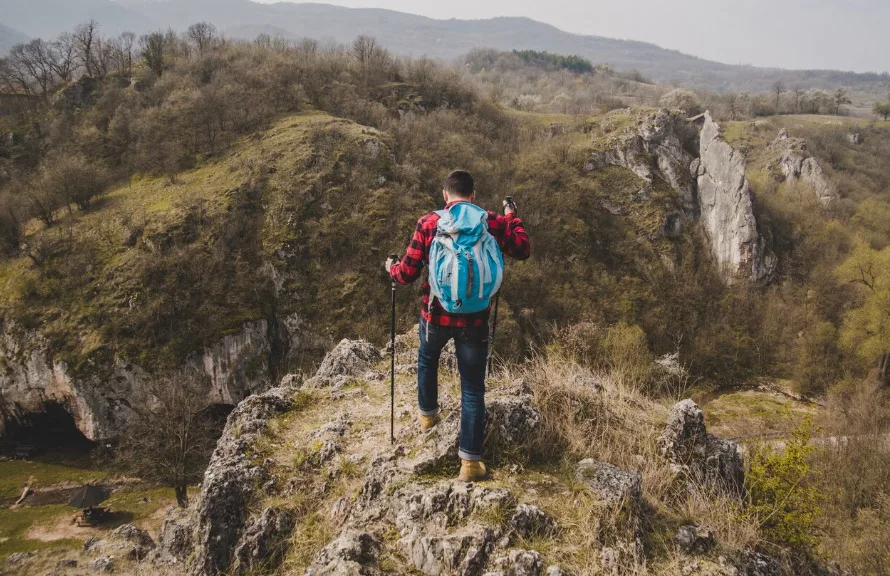
Explore nearby trails and immerse yourself in the natural beauty of the surroundings. Choose trails that match your fitness level and desired difficulty.
10.2. Bird Watching
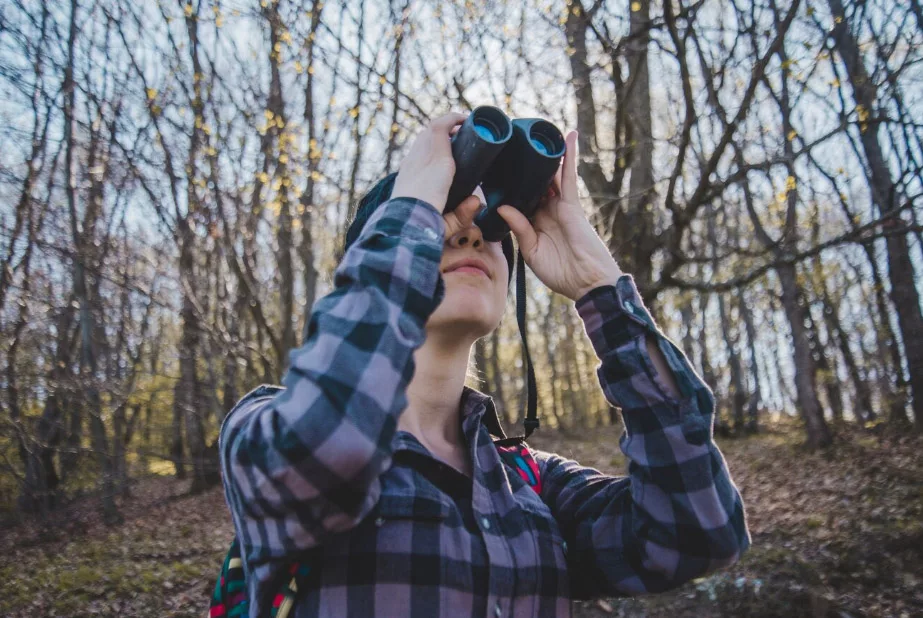
Bring along a pair of binoculars and a field guide to identify local bird species. Set up a quiet spot and observe the diverse avian life.
10.3. Fishing
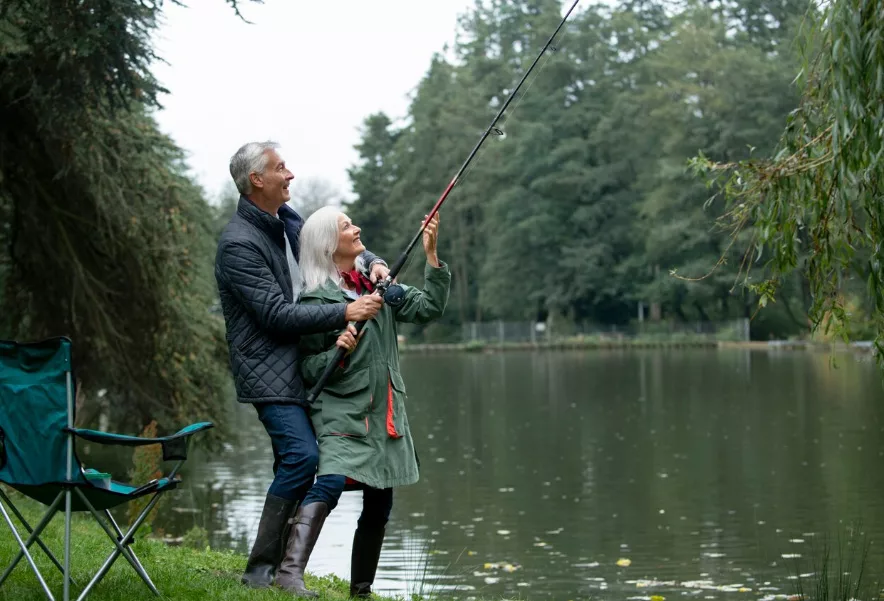
If you’re camping near a lake or river, try your hand at fishing. Check local regulations and obtain any necessary permits.
10.4. Stargazing
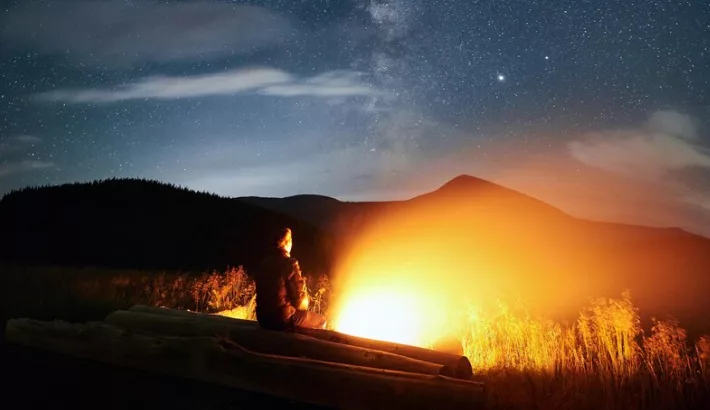
Away from city lights, camping provides an excellent opportunity for stargazing. Bring a telescope or simply lay back and enjoy the night sky.
10.5. Photography While Camping
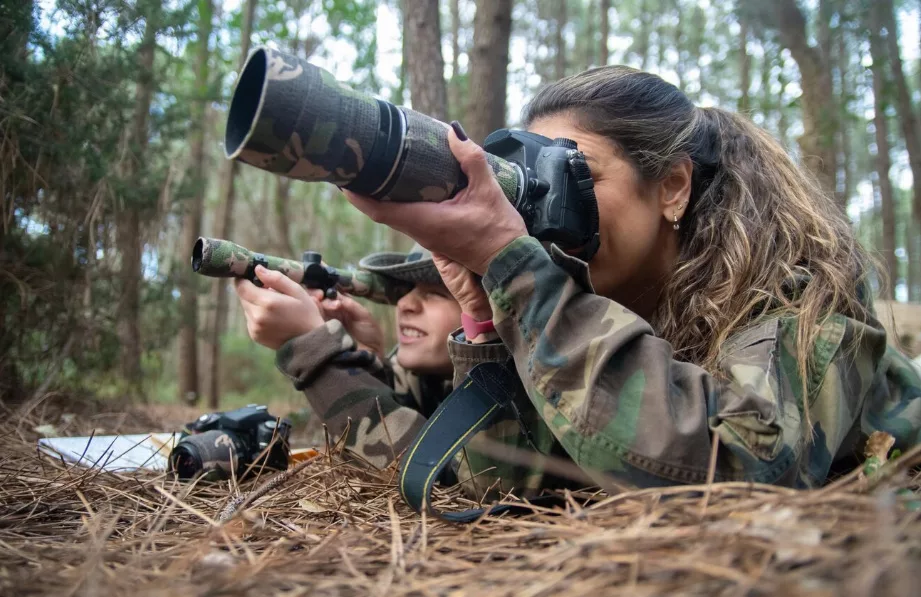
Capture the scenic beauty of your camping location. From landscapes to wildlife, camping offers numerous photo opportunities.
10.6. Campfire Cooking
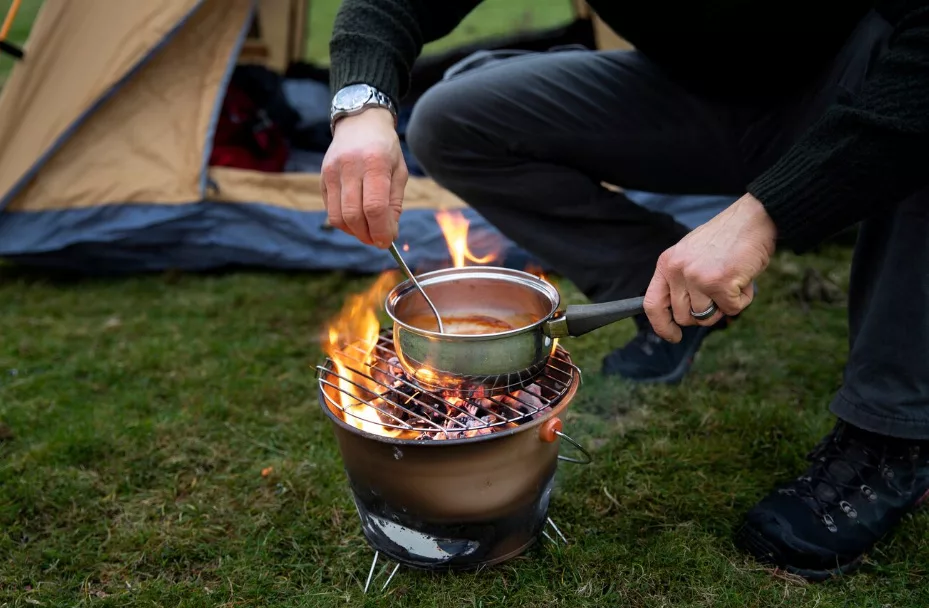
Experiment with cooking over an open flame. Whether it’s roasting marshmallows, grilling, or preparing a full meal, campfire cooking adds a delightful element to camping.
10.7. Kayaking or Canoeing
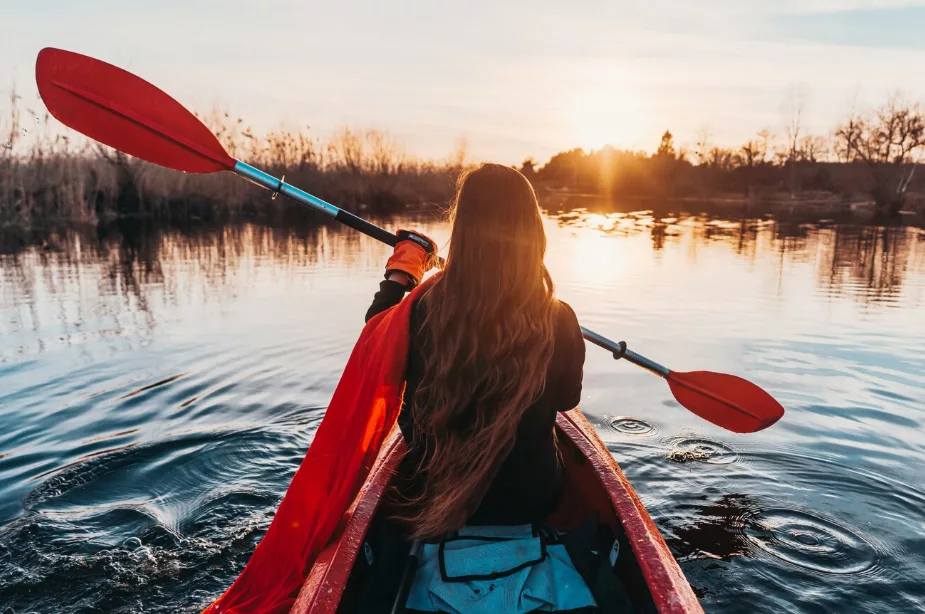
If there’s a lake or river nearby, consider paddling on the water. Kayaking or canoeing provides a unique perspective of the landscape.
10.8. Mountain Biking
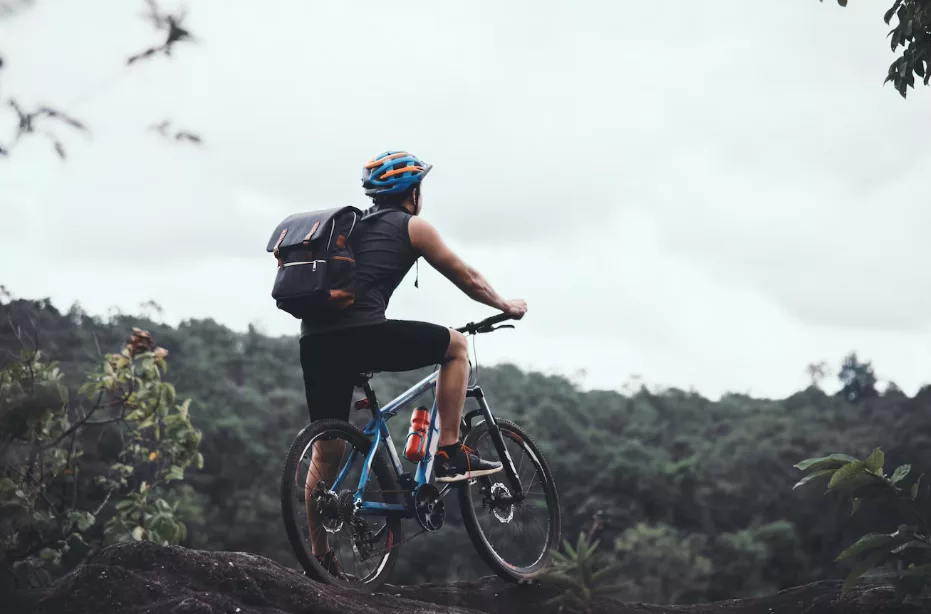
Bring along a mountain bike and explore trails suitable for biking. Many camping areas have designated biking routes.
10.9. Nature Crafts

Engage in nature-inspired arts and crafts. Collect leaves, twigs, and stones to create decorative pieces or even a temporary nature sculpture.
10.1.1. Yoga and Meditation while Camping
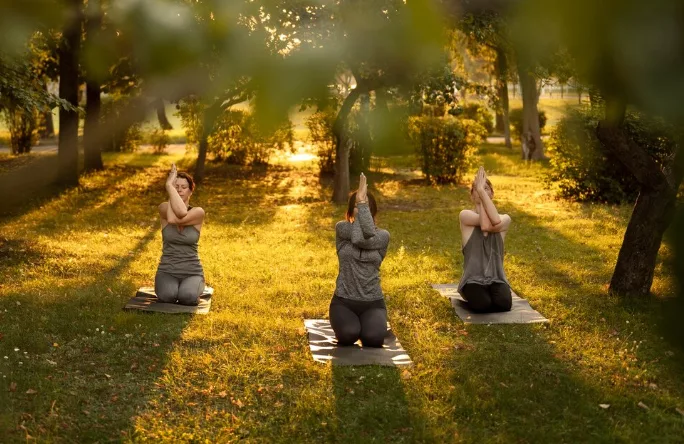
Find a peaceful spot and practice yoga or meditation. Connect with nature and rejuvenate your mind and body.
10.1.2. Geocaching
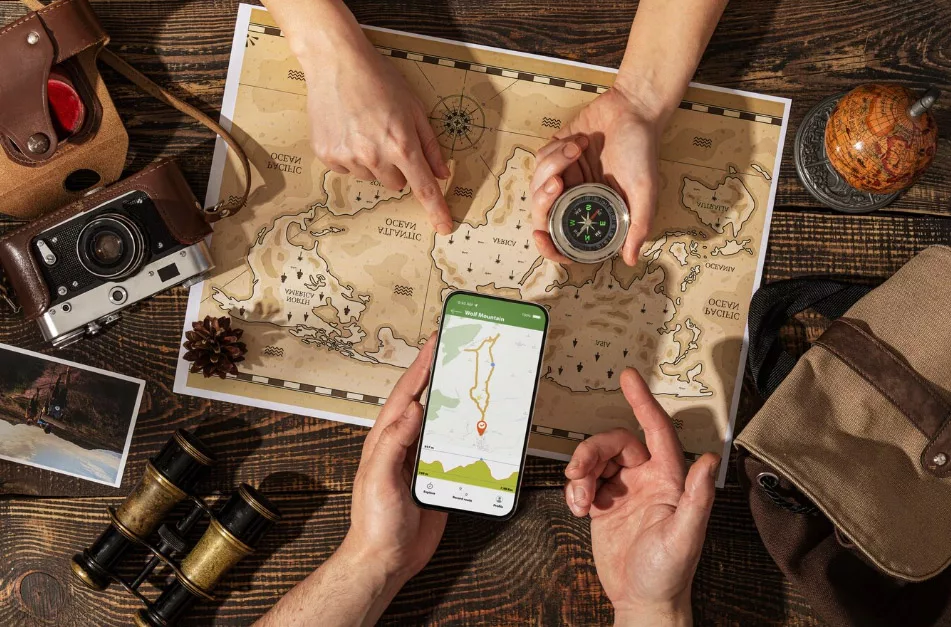
If you enjoy treasure hunts, try geocaching. Use a GPS device or smartphone to locate hidden containers (caches) in the area.
10.1.3. Rock Climbing
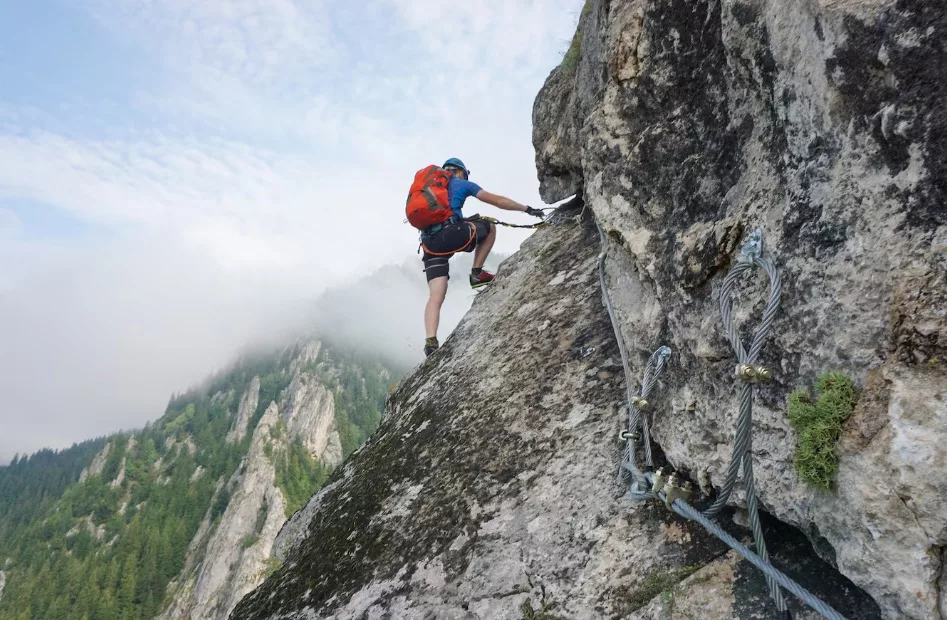
If you’re camping in an area with suitable terrain, explore rock climbing opportunities. Ensure you have the necessary equipment and skills.
10.1.4. Reading While Camping
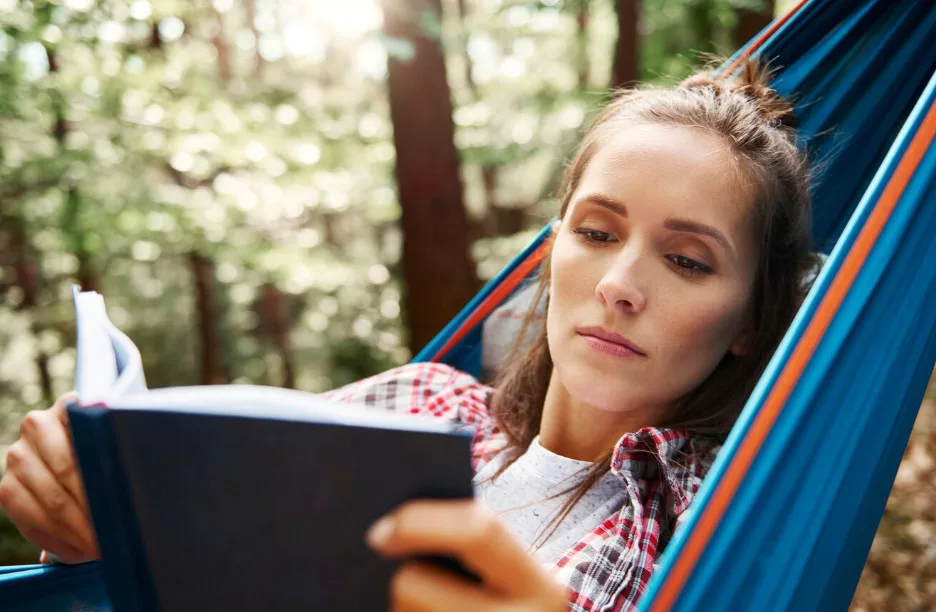
Pack a well-loved book, finding solace amidst the rustling leaves and serene sounds of nature. Whether nestled in a hammock between trees or seated by a crackling campfire, immerse yourself in the words as the world around you slows down. The rhythmic turn of pages harmonizing with the gentle whisper of the wind, reading in the midst of natural surroundings is a retreat for the mind. Let the pages transport you, providing a unique escape as you create a tranquil reading haven amidst the beauty of the great outdoors.
10.1.5. Wildlife Observation
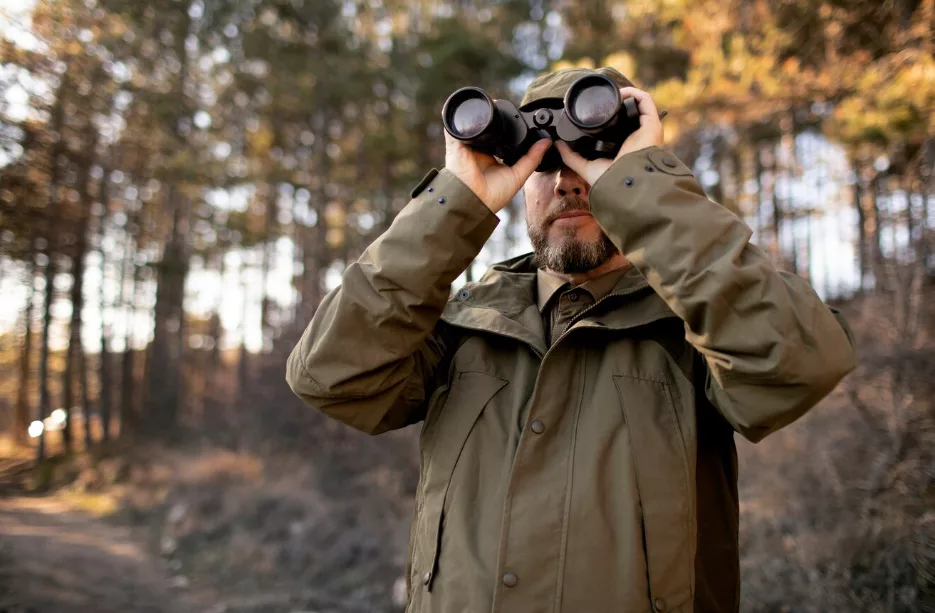
Engage in the captivating experience of observing and documenting the diverse wildlife that inhabits your camping surroundings. Equip yourself with binoculars to maintain a respectful distance while delving into the intricate details of their natural behavior. Whether it’s the graceful flight of a bird or the subtle movements of woodland creatures, take the time to appreciate the nuances of the ecosystem around you. Documenting these encounters not only deepens your connection with nature but also contributes to a richer understanding of the delicate balance within the local wildlife community. In this immersive exploration, every rustle of leaves and every birdsong becomes a chapter in the story of the natural world unfolding before your eyes.
10.1.6. Swimming
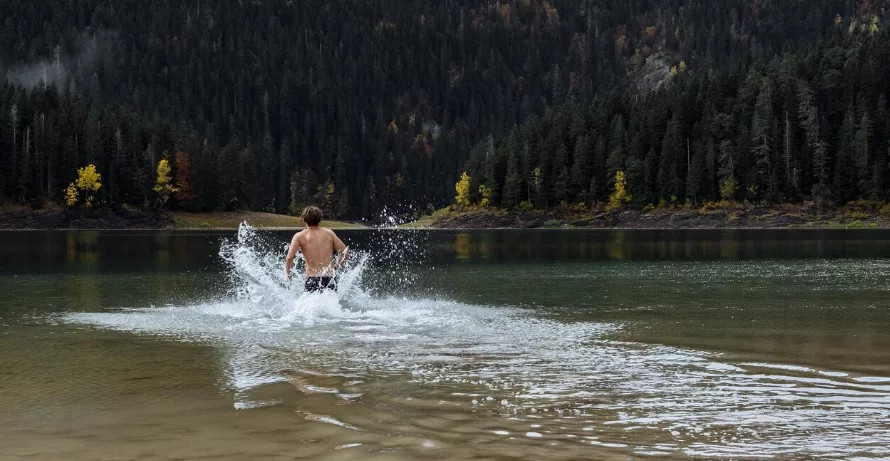
Discover the blissful escape of a refreshing dip in a nearby lake or river if a safe swimming area beckons. Immerse yourself in the cool, revitalizing waters, feeling the gentle embrace of nature’s liquid sanctuary. Whether it’s the clear waters of a mountain lake or the gentle flow of a winding river, let the natural surroundings envelop you as you embrace the joy of a leisurely swim. Dive into the serenity, letting the water wash away the cares of the day, and relish the unique experience of connecting with the pristine aquatic beauty that your camping destination offers.
10.1.7. Nature Scavenger Hunt
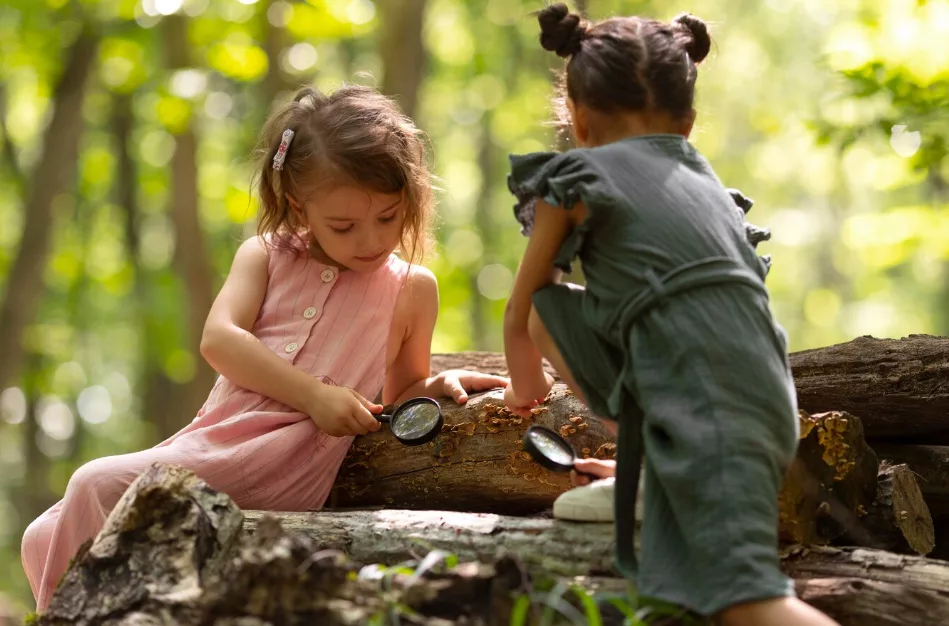
Embark on a delightful and educational adventure by creating a list of items or features to discover in the natural surroundings around your camping site. Whether you’re exploring solo or with a group, this engaging activity adds an element of curiosity and discovery to your outdoor experience. Compile a diverse list that may include identifying different types of flora, spotting various bird species, locating unique rock formations, or even tracking signs of wildlife. As you venture through the natural landscape, check off each item on your list, fostering a deeper connection with the environment and gaining valuable insights into the biodiversity that thrives around you. This interactive and immersive exploration not only adds a layer of fun to your camping trip but also encourages a sense of appreciation for the intricacies of the natural world.
10.1.8. Outdoor Games
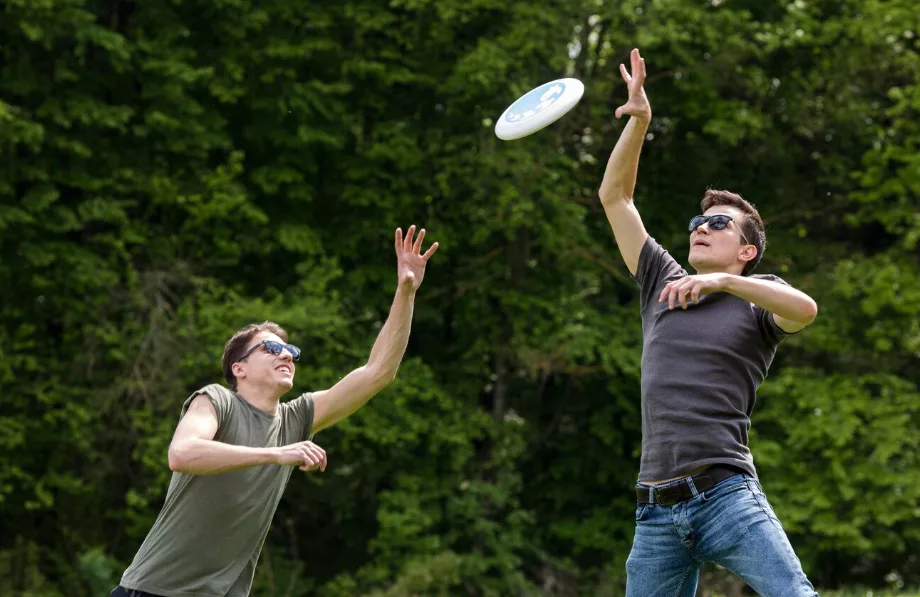
Elevate the camaraderie at your campsite by packing a selection of simple outdoor games, such as frisbee, bocce ball, or horseshoes. These entertaining activities add a touch of fun and friendly competition to your camping experience. Gather friends or family, create impromptu tournaments, and enjoy the laughter and shared moments these games bring. Whether it’s the satisfying thud of a horseshoe landing on the peg or the graceful flight of a frisbee, these games provide a lighthearted way to unwind, connect, and make lasting memories against the backdrop of the great outdoors.
10.1.9 Trail Running
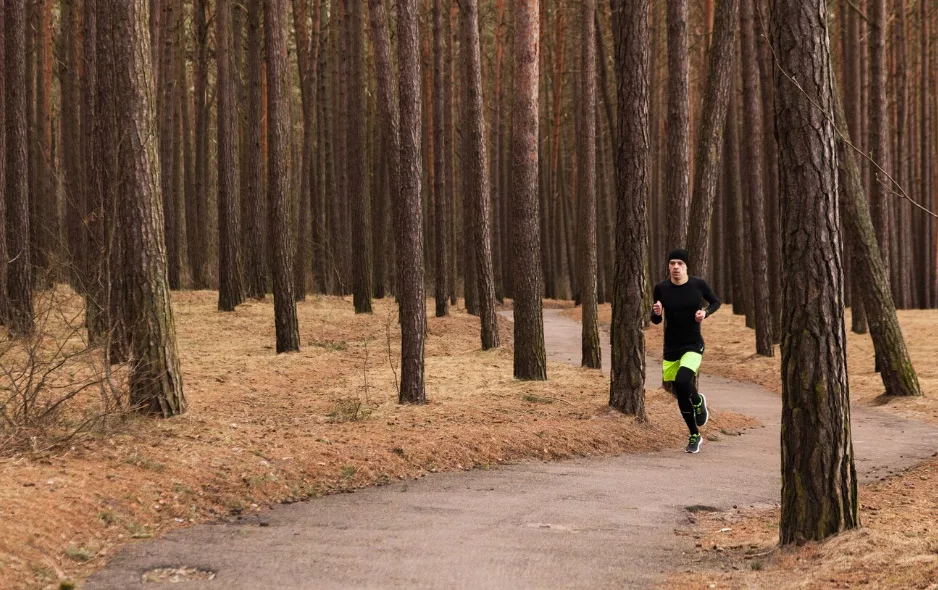
Elevate your camping experience by lacing up your running shoes and exploring the scenic trails surrounding your campsite. Trail running not only provides a unique and invigorating workout but also immerses you in the natural beauty of your surroundings. Navigate diverse terrains, from wooded paths to open meadows, as you challenge both your physical endurance and mental resilience. Feel the rhythm of your footsteps harmonize with the sounds of nature, and relish the unparalleled joy of discovering new landscapes with every stride. Whether you’re a seasoned trail runner or a beginner, this activity adds a dynamic dimension to your camping adventure, combining fitness with the sheer enjoyment of exploring the great outdoors.
10.2.1. Journaling

Capture the essence of your camping escapade by documenting your experiences in a dedicated journal. Within its pages, record not only practical details like observations and thoughts but also the intangible moments that make your camping trip unique and memorable. Chronicle the awe-inspiring landscapes, the warmth of a crackling campfire, the laughter shared with friends, and the tranquility of nature. Allow the journal to be a reflective space, where the tapestry of your camping adventure unfolds through vivid descriptions and heartfelt reflections. As you put pen to paper, you not only create a tangible record of your journey but also cultivate a deeper connection with the rich tapestry of experiences that camping in the great outdoors brings.
10.2.2. Leave No Trace Workshop
Educate yourself and others about Leave No Trace principles. Conduct a mini-workshop or discussion at the campsite to promote responsible outdoor practices.
“Remember to tailor your activities based on the type of camping, the natural features of the area, and the preferences of your camping group. The key is to enjoy the outdoors responsibly and make the most of your camping experience!”
11. What’s the Best Way to Put Out a Campfire?
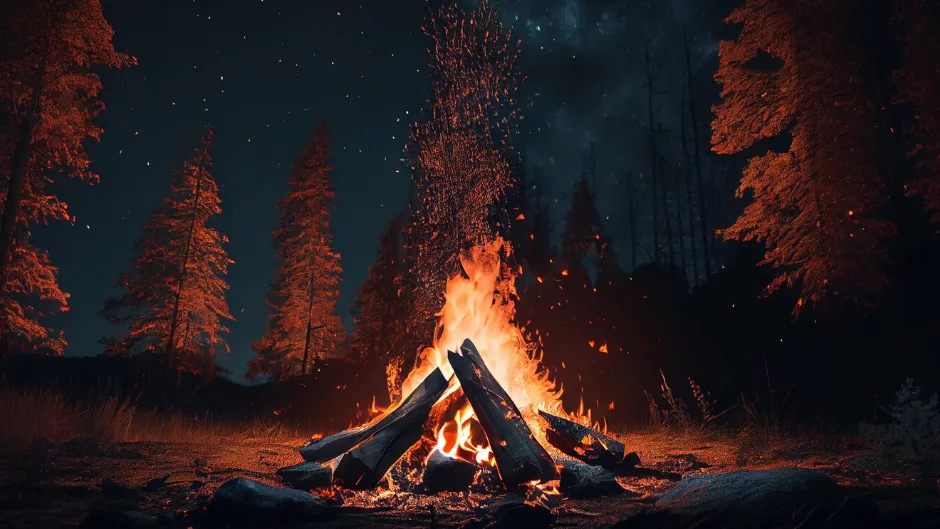
Pour water on the fire, stir the ashes, and repeat until cool to the touch. Make sure the fire is completely extinguished before leaving.
11.1. Allow the Wood to Burn Down
Let the wood in the fire pit burn down to a bed of hot coals. This will make the next steps more effective.
11.2. Reduce Flames
Use a shovel or a stick to break up the burning wood. Spread the burning pieces around to reduce the height of the flames.
11.3. Pour Water Gradually
Gradually pour water onto the fire, starting from the edges and working towards the center. Use a bucket or a water container with a spout for better control.
11.4. Stir and Mix
Stir the embers and ashes with a shovel or stick to ensure that water reaches all parts of the fire pit. This helps cool down the fire more quickly.
11.5. Feel for Heat
Use the back of your hand to feel for any remaining heat above the fire pit. Be cautious as hot coals can still be present.
11.6. Repeat if Necessary
If you still feel heat or see steam rising, continue to add more water and stir the ashes. Repeat until the fire pit is cool to the touch.
11.7. Use Dirt or Sand
Once the fire is out, you can also cover the fire pit with dirt or sand. This helps smother any remaining embers and prevents them from reigniting.
11.8. Check for Cold Ashes
Before leaving the campsite, check for cold ashes. Run your fingers through the ashes to ensure there’s no residual heat.
11.9. Dispose of Ashes Properly
If you’re in a designated camping area with provided disposal bins, dispose of the cold ashes in the designated container. If not, consider packing out the ashes in a sealed bag.
11.1.1. Leave No Trace
Follow Leave No Trace principles by leaving the campsite as you found it. Scatter cold ashes in the surrounding area if there are no disposal facilities.
11.1.2. Monitor the Site
Stay at the campsite for a while after extinguishing the fire to ensure there are no signs of smoke or re-ignition.
11.1.3. Understand Local Regulations
Be aware of and follow any local regulations or guidelines regarding campfire use and extinguishment.
11.1.4. Never Leave a Fire Unattended while Camping
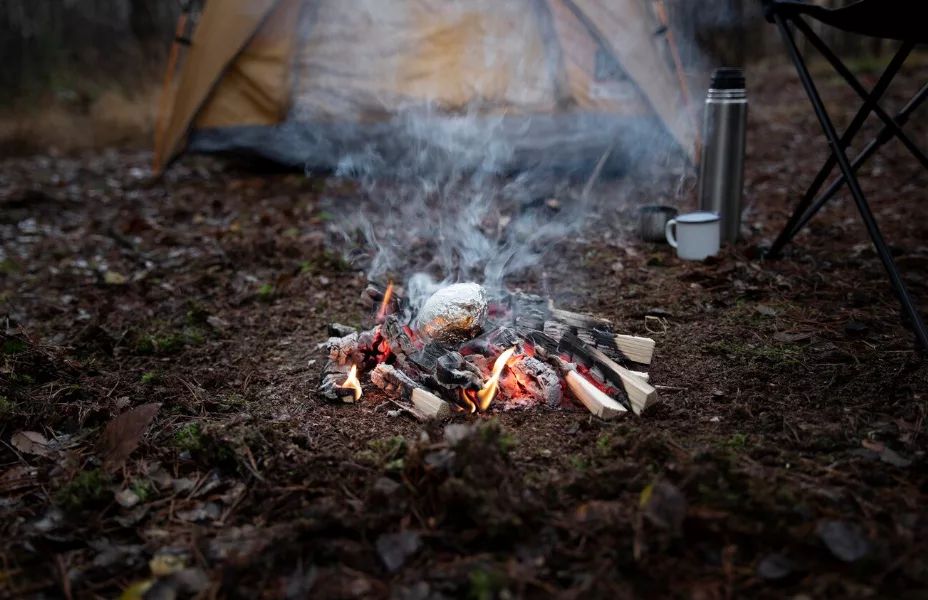
Maintain constant supervision over the campfire, never leaving it unattended, as even a slight breeze can rapidly escalate a seemingly controlled fire, ensuring a responsible and safe outdoor experience.
11.1.5. Use a Fire Ring or Fire Pan
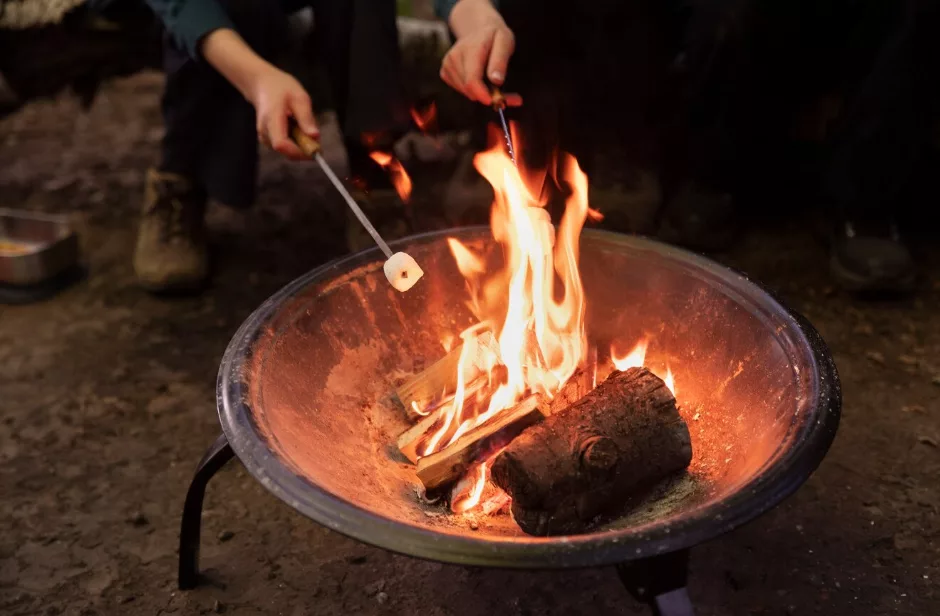
If available, use a designated fire ring or fire pan. These designated areas are designed to contain fires and make it easier to properly extinguish them.
11.1.6 Educate Others while Camping
Share proper campfire extinguishing techniques with fellow campers and educate them on the importance of responsible fire management.
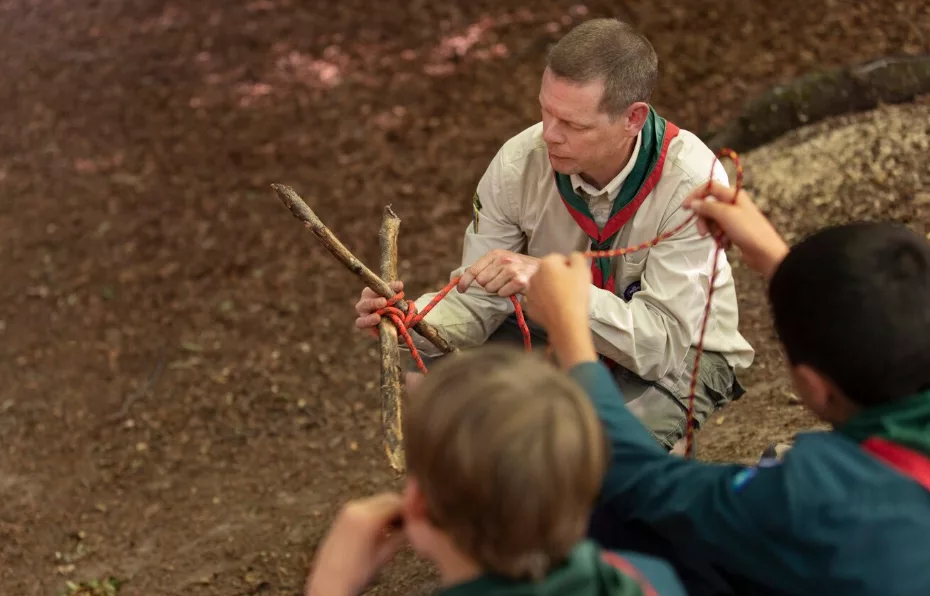
“By following these steps, you ensure that your campfire is completely extinguished, reducing the risk of wildfires and leaving the natural environment undisturbed. Always prioritize safety and responsible outdoor practices.”
12. How Do I Choose the Right Sleeping Bag For Camping?

Consider temperature ratings, insulation type (down or synthetic), and the shape of the bag (rectangular or mummy). Choose a bag that suits the expected weather conditions.
12.1. Consider the Temperature Rating
Choose a sleeping bag with a temperature rating suitable for the expected weather conditions. Temperature ratings typically include comfort, limit, and extreme ratings. Consider the lowest temperature you might encounter.
12.2. Understand the Types of Sleeping Bags
Summer Bags: Suitable for warm weather, usually with a comfort rating above 32°F (0°C).
3-Season Bags: Ideal for spring, summer, and fall camping, with temperature ratings around 20°F to 32°F (-7°C to 0°C).
Winter Bags: Designed for cold temperatures, with temperature ratings below 20°F (-7°C).
12.3. Choose the Right Insulation Type
Down Insulation: Offers excellent warmth-to-weight ratio, compressibility, and durability. Down sleeping bags are often more expensive but provide superior insulation.
Synthetic Insulation: Resists moisture better than down, retains warmth when wet, and is typically more budget-friendly. Synthetic bags may be bulkier and heavier than down bags.
12.4. Consider Sleeping Bag Shape
Mummy Bags: Tapered shape that narrows at the feet, reducing air space to maximize warmth. Ideal for cold conditions and backpacking.
Rectangular Bags: Roomier and more comfortable, suitable for car camping or those who prefer more space. Less efficient in retaining heat compared to mummy bags.
12.5. Check for Proper Sizing
Ensure the sleeping bag provides enough room for movement without excess space that can lead to cold spots. Consider the length and width, and check if there is a women’s or men’s-specific version for better fit.
12.6. Look at the Weight and Packability
Consider the weight and packability if you plan to backpack or hike to your camping location. Down sleeping bags are generally lighter and more compressible than synthetic ones.
12.7. Evaluate the Sleeping Bag Shell and Liner
Shell: Choose a durable, water-resistant or waterproof shell material to protect the insulation from moisture. Some shells also have a DWR (Durable Water Repellent) treatment.
Liner: Look for a comfortable and breathable liner material. Some liners have moisture-wicking properties to keep you dry.
12.8. Check for Additional Features
Hood: A hood helps to retain heat and is essential for colder conditions.
Draft Tubes and Collars: Insulated tubes along the zipper and around the neck prevent heat loss.
Pockets: Some sleeping bags feature interior or exterior pockets for storing small items.
Two-Way Zippers: Allow for ventilation and ease of entry/exit.
12.9. Understand the Zipper Configuration
Consider whether you prefer a left or right zipper configuration. Some sleeping bags are also available with a two-way zipper for added convenience.
12.1.1. Check for Compatibility with Sleeping Pads
Look for features like pad sleeves or straps that help secure the sleeping bag to a sleeping pad, preventing drafts and enhancing insulation.
12.1.2. Read Reviews and Get Recommendations
Research user reviews and seek recommendations from experienced campers or outdoor gear experts to get insights into the performance of specific sleeping bags.
12.1.3. Consider Your Budget While Camping

Determine your budget range and explore sleeping bags within that range. Remember that quality and performance often correlate with price.
12.1.4. Try Before You Buy For Camping
Whenever possible, visit a gear store to try out sleeping bags. Get inside, assess comfort, and evaluate the fit before making a purchase.
By considering these factors, you can choose a sleeping bag that suits your camping style, climate conditions, and personal preferences, ensuring a restful night’s sleep during your outdoor adventures.
Happy camping!


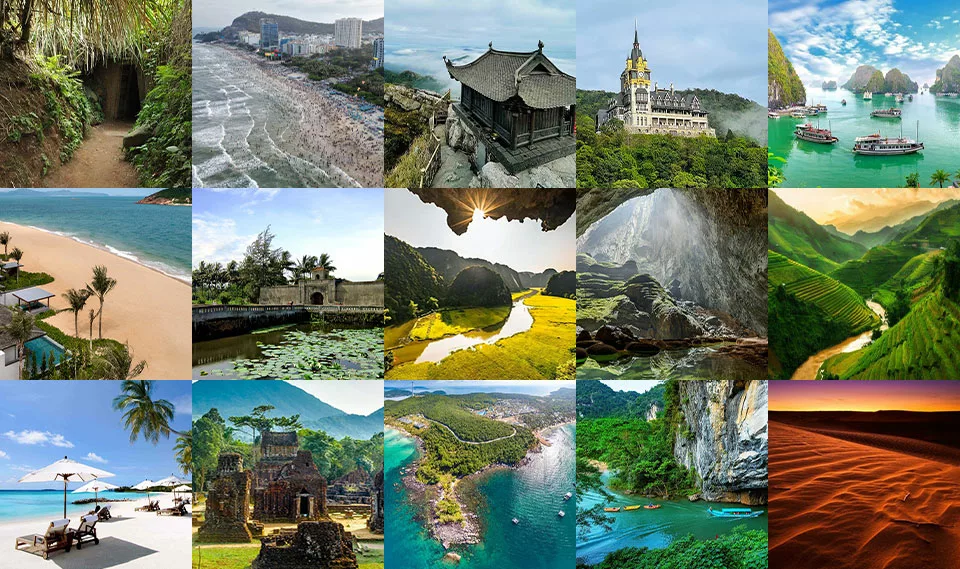
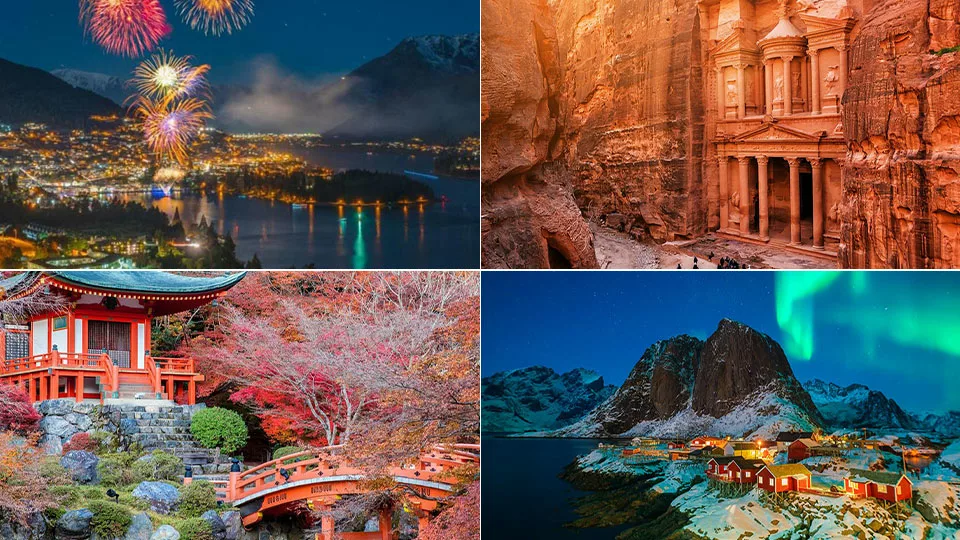

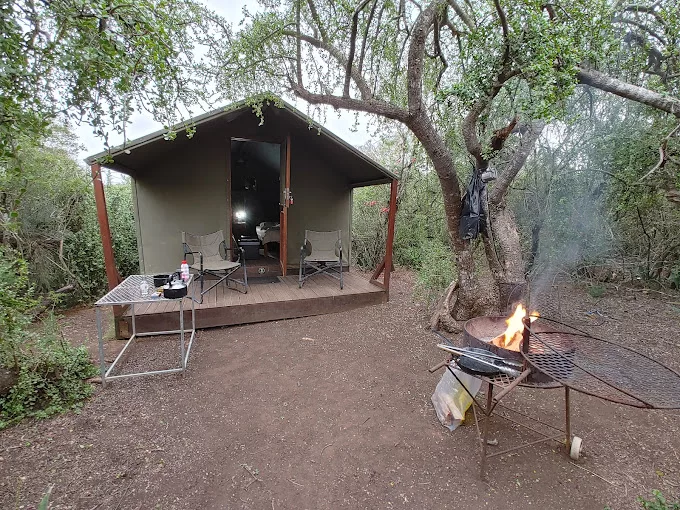
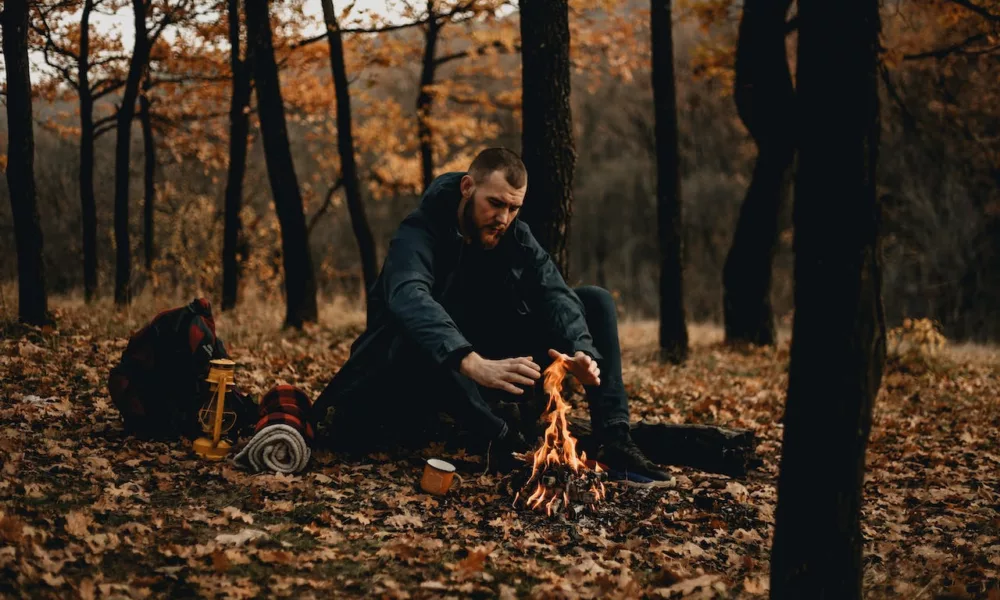


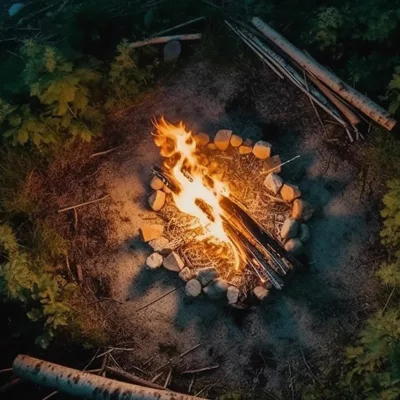
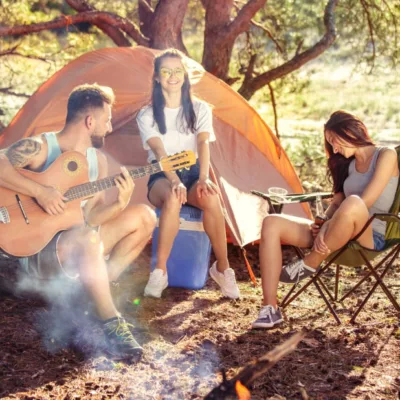
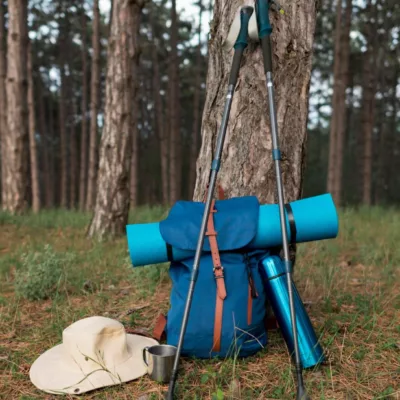
No Comment! Be the first one.